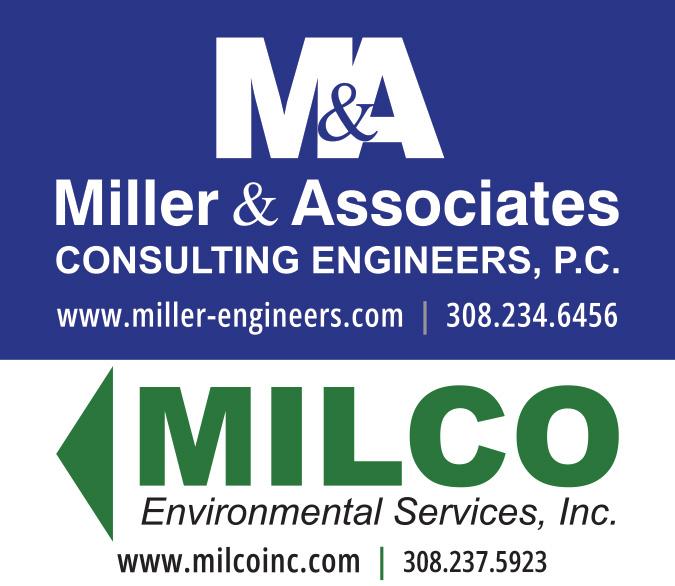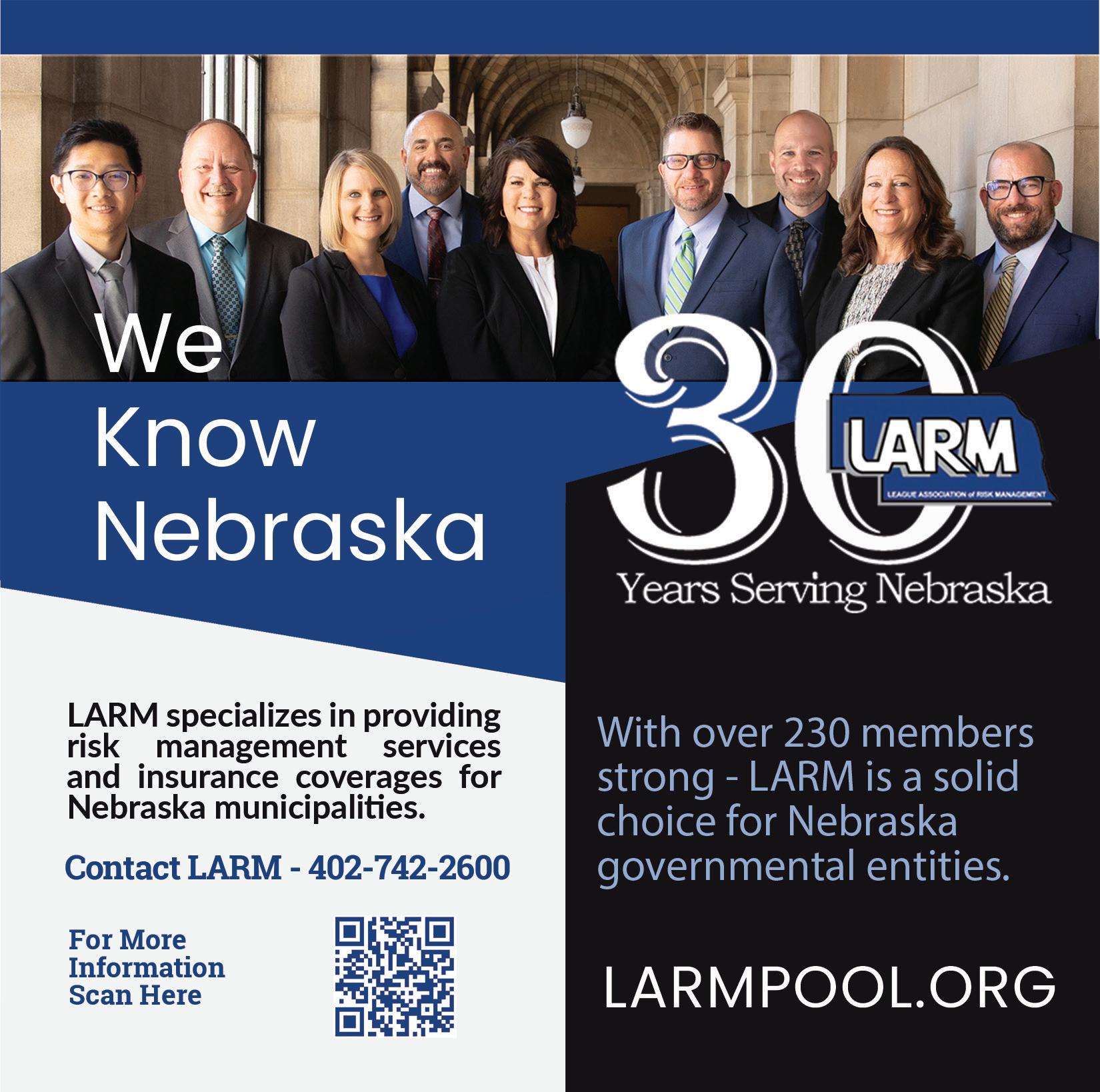

NEBRASKA MUNICIPAL REVIEW NEBRASKA MUNICIPAL
Defending civic trust & the responsibility of local leadership
Funding opportunities through USDA, Game and Parks and more
REVIEW
Official Publication of the League of Nebraska Municipalities
Hastings recognized as 2025 Showcase Community
MAY 2025
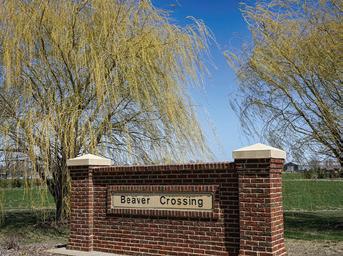
THE POWER OF TREES and volunteerism in Beaver Crossing
See page 6


NEBRASKA MUNICIPAL REVIEW
Issue No. 1,201
The NEBRASKA MUNICIPAL REVIEW (ISSN 0028–1906) is published monthly and the official publication of the League of Nebraska Municipalities, an association of the cities and villages of Nebraska, published at 1335 L St., Lincoln, Nebraska 68508. Subscription rates are $5 per single copy — $50 plus tax for 12 issues. Periodicals postage paid at Lincoln, Nebraska. Views of contributors, solicited or unsolicited, are their own and not to be construed as having the endorsement of the League unless specifically and explicitly stated by the publisher
The NEBRASKA MUNICIPAL REVIEW is a nonprofit publication administered and supervised by the League of Nebraska Municipalities. All revenue derived from the publication is used by the association to defray publication costs.
League of NE Municipalities staff 402-476-2829 • www.lonm.org
L. Lynn Rex, Executive Director
Christy Abraham, Legal Counsel
Lash Chaffin, Utilities Section Director
Cherie DeFreece, Admin Assistant/ Membership Services Assistant
Brenda Henning, Membership Services Assistant/ LIGHT Admin Assistant
Ethan Nguyen, LNM/LARM Information Technology Manager
Shirley Riley, Membership Services Director
Jackson Sash, Utilities Field Representative/Training Coordinator
Ashley Wolfe, Marketing/Communications Director
LARM staff
Dave Bos, Executive Director
Tracy Juranek, Asst. Executive Director, Customer Service Specialist
Diane Becker, Communications/Marketing Director
Kyla Brockevelt, Executive Administrative Assistant
Drew Cook, Customer Service Specialist
John Hobbs, Loss Control Specialist
James Kelley, Loss Control Specialist
Fred Wiebelhaus, Loss Control/Claims Manager
POSTMASTER: SEND ADDRESS CHANGES TO NEBRASKA MUNICIPAL REVIEW, 206 S. 13TH ST., STE 800, LINCOLN, NEBRASKA 68508.
Have an idea, project or opinion to share? The League welcomes member articles, information, and op-eds.
Want to reach local decision makers? The League can help you get your message out to Nebraska’s 3,500+ municipal officials.To learn more, contact Ashley Wolfe at 402-476-2829 or ashleyw@lonm.org
President Marlin Seeman, Mayor, Aurora
President-Elect
Bryan Bequette, Mayor, Nebraska City
Vice President Joey Spellerberg, Mayor, Fremont Past President Deb VanMatre, Former Mayor, Gibbon
Directors
Jean Stothert
Mayor, Omaha
Leirion Gaylor Baird Mayor, Lincoln
Sharon Powell Village Board President, Utica
Jim Bulkley Mayor, Columbus
Betsy Vidlak Mayor, Scottsbluff
David Black Mayor, Papillion
Larry Evans Mayor, Minden
Rod Petersen Mayor, Louisville
David Scott City Manager, Sidney
Janine K. Schmidt
CMC/Treasurer, Morrill
Layne Groseth City Administrator/Utilities Manager, North Platte
Affiliated Sections
City Managers
Eric Melcher, Aurora
Clerks Tami L. Comte, David City
Munic. Accounting & Finance
Fire Chiefs
Becky Erdkamp, Exeter
Dennis Thompson, North Platte
What's inside?
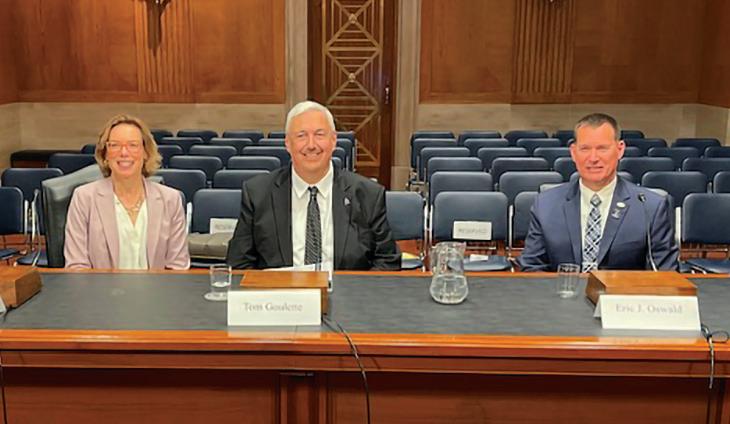
A local voice in D.C 12
Features
Utilities Pat Heath, Gering 5
Level-funded health plan product and municipality sponsorship
Beaver Crossing: Getting creative and making a difference
Build Beaver: A new program to help navigate and retain funding opportunities for village improvements
Nebraska Game and Parks: Outdoor recreation grant opportunities available
Battle Creek: Improving community quality of life through recreational improvement with the help of NDED
USDA RD: Transforming homes and lives - The USDA 504 Home Repair Loan Program
Center for Rural Affairs: Conservation education can help community leaders improve their local environment
‘WanderNebraska’ expands to promote more than 200 museums, tourist attractions, and sites of interest
Defending civic trust: The responsibility of local leadership
Hastings recognized by Gov. Pillen as Nebraska’s 2025 “Showcase Community”
Columns
The Director's Message - L. Lynn Rex, LNM Executive DirectorBe informed about your municipality’s responsibility to comply with all federal and state requirements BEFORE deciding to participate in a ‘level-funded plan’ to provide healthcare for your employees
LARM – Playgrounds: Understanding the risks associated with the fun
The Legal Corner by Nicholas J. Rock, Cline Williams Wright Johnson & Oldfather, L.L.P. - Be prepared: Conducting 1-9 audits before ICE shows up at the door
In each issue
On the cover
A photo provided by the Village of Beaver Crossing--a community with a renewed focus on improving the outdoor environment largely through planting trees.
Larger Cities Legislative Committee
John McGhehey, Mayor, Alliance
Seth Sorensen, City Manager, Alliance
Tobias Tempelmeyer, City Administrator, Beatrice
Rusty Hike, Mayor, Bellevue
Jim Ristow, City Administrator, Bellevue
Mindy Rump, Mayor, Blair
Phil Green City Administrator, Blair
Tom Menke, City Manager, Chadron
Jim Bulkley, Mayor, Columbus
Tara Vasicek, City Administrator, Columbus
Dave Bauer, Mayor Crete
Tom Ourada, City Administrator, Crete
Joey Spellerberg, Mayor, Fremont
Jody Sanders, City Administrator, Fremont
Kent Ewing, Mayor, Gering
Pat Heath, City Administrator, Gering
Laura McAloon, City Administrator, Grand Island
Mike Evans, Mayor, Gretna
Paula Dennison, City Administrator, Gretna
Jay Beckby, Mayor, Hastings
Mark Funkey, City Administrator, Hastings
James Liffrig, Mayor, Holdrege
Chris Rector, City Administrator, Holdrege
Brenda Jensen, City Manager, Kearney
Brad DeMers, Asst. City Manager, Kearney
Doug Kindig, Mayor, La Vista
John Fagot, Mayor, Lexington
Joe Pepplitsch, City Manager, Lexington
Margaret Blatchford, Assistant City Attorney, Lincoln
Riley Slezak, Senior Advisor to the Mayor, Lincoln
Linda Taylor, Mayor, McCook
Nate Schneider, City Manager, McCook
Bryan Bequette, Mayor, Nebraska City
Perry Mader, City Administrator, Nebraska City
Dani Myers-Noelle, City Attorney, Norfolk
Brandon Kelliher, Mayor, North Platte
Layne Groseth, City Admin./Utilities Manager, North Platte
Steve Krajewski, Mayor, Ogallala
Kevin Wilkins, City Manager, Ogallala
Thomas Warren, Chief of Staff, Omaha
David Black, Mayor, Papillion
Amber Powers, City Administrator, Papillion
R. Paul Lambert, Mayor, Plattsmouth
Emily Bausch, City Administrator, Plattsmouth
Don Groesser, Mayor, Ralston
Brian Kavanaugh, Council Member, Ralston
Jack Cheloha, City Administrator, Ralston
Art Lindberg, Mayor, Schuyler
Lora Johnson, City Administrator, Schuyler
Betsy Vidlak, Mayor, Scottsbluff
Kevin Spencer, City Manager, Scottsbluff
Joshua Eickmeier, Mayor, Seward
Greg Butcher, City Administrator, Seward
Brad Sherman, Mayor, Sidney
David Scott, City Manager, Sidney
Lance Hedquist, City Administrator, South Sioux City
Jill Brodersen, Mayor, Wayne
Wes Blecke, City Administrator, Wayne
Barry Redfern, Mayor, York
Dr. Sue Crawford, City Administrator, York
Smaller Cities Legislative Committee
Jessica Quady, City Administrator, Ashland
Marlin Seeman, Mayor, Aurora
Eric Melcher, City Administrator, Aurora
Chris Anderson, City Administrator, Central City
Andrew Lee, Admin/Clerk/Treasurer, Curtis
Tami Comte, Clerk/Treasurer, David City
Alan Michl, Chairperson, Exeter
Becky Erdkamp, Clerk/Treasurer, Exeter
Kyle Svec City Administrator, Geneva
Matt Smallcomb, City Administrator, Gibbon
Gary Greer, City Administrator, Gothenburg
Jana Tietjen, Clerk, Hebron
Barb Straub, Admin/Clerk/Treasurer, Hemingford
Kelly Oelke, City Administrator, Hickman
Janine K. Schmidt, CMC/Treasurer, Morrill
Sandra Schendt, Clerk/Treasurer, Nelson
David Russell, Director of Gov. Affairs, NMPP Energy
Mandy Hansen, Government Affairs Liason, NMPP Energy
Sandy Kruml Clerk/Treasurer, Ord
Mike Feeken, Mayor, St. Paul
Sandra Foote, Council Member, Superior
Jeff Hofaker, City Administrator, Sutton
Jessica Meyer, City Administrator, Syracuse
Sharon Powell, Village Board President, Utica
Kyle Arganbright, Mayor, Valentine
Melissa Harrell, City Administrator, Wahoo
Desiree Soloman, City Attorney, Waterloo
Stephanie Fisher, City Administrator, Waverly
Tom Goulette, City Admin./Utility Superintendent, West Point
Randy Woldt, Utilities Superintendent, Wisner
Robert Costa, Community Planner, Yutan

Municipal Legal Calendar
(All statute citations to Revised Statutes of Nebraska)
JULY 2025
CITIES OF THE FIRST CLASS
• July 1 - Chair of the Park and Recreation Commissioners must file with City Clerk an itemized statement of all expenditures of the Park and Recreation Board. (16-697)
• Between July 10 and July 30 Advertise for Class C Liquor License renewals. (53-135.01)
• Between July 15 and August 15 Job titles and salaries of employees shall be published. (19-1102)
• Prior to publication of notice of budget hearing Council prepares proposed budget statement and makes it available to the public. (13-504) *Does not apply to cities with a biennial budget that are in the second year of the biennial budget period.
• On or before August 20 County Assessor certifies to each governing body the current valuation of all property subject to the applicable levy. (13-509)
• On or before September 30 Budget Statement filed with County Clerk and State Auditor (13-508) *Does not apply to cities with a biennial budget that are in the second year of the biennial budget period.
• Within 10 working days following meeting or before next meeting (whichever is sooner) Clerk to have minutes available for public inspection. (84-1413)
• Within 15 days of passage Clerk publishes ordinances passed. (16-405)
• Within 30 days following Council meeting Clerk publishes official proceedings of meetings, including claims. (19-1102)
• Within 20 days after end of month Treasurer files monthly financial report. (16-318)
• * * Clerk must prepare agenda prior to next Council meeting. (84-1411)
• End of Each Quarter Report from Depository Banks due. (16-714)
• By July 31 Clerk files Lane Mile Report with Nebraska Department of Transportation (39-2517 and 39-2518)
VILLAGES AND CITIES OF THE SECOND CLASS
• Between July 10 and July 30 Advertise for Class C Liquor License renewals. (53-135.01)
• Between July 15 and August 15 Job titles and salaries of employees shall be published. (19-1102)
• Prior to publication of notice of budget hearing Governing body prepares proposed budget statement and makes it available to the public. (13-504) *Does not apply to cities with a biennial budget that are in the second year of the biennial budget period.
• On or before August 20 County Assessor certifies to each governing body the current valuation of all property subject to the applicable levy. (13-509)
• On or before September 30 Budget statement filed with County Clerk and State Auditor. (13-508) *Does not apply to cities with a biennial budget that are in the second year of the biennial budget period.
• Within 10 working days following meeting or before next meeting (whichever is sooner) Clerk to have minutes available for public inspection. (84-1413)
• Within 15 days of Passage Clerk publishes or posts ordinances passed. (17-613)
• Within 30 days following Council meeting Clerk publishes official proceedings of meeting including claims. (19-1102)
• Within 20 days after end of month Treasurer files monthly financial report. (17-606)
• * * Clerk must prepare agenda prior to next Council or Board meeting. (84-1411)
• By July 31Clerk files Lane Mile Report with Nebraska Department of Transportation (39-2517 and 39-2518)
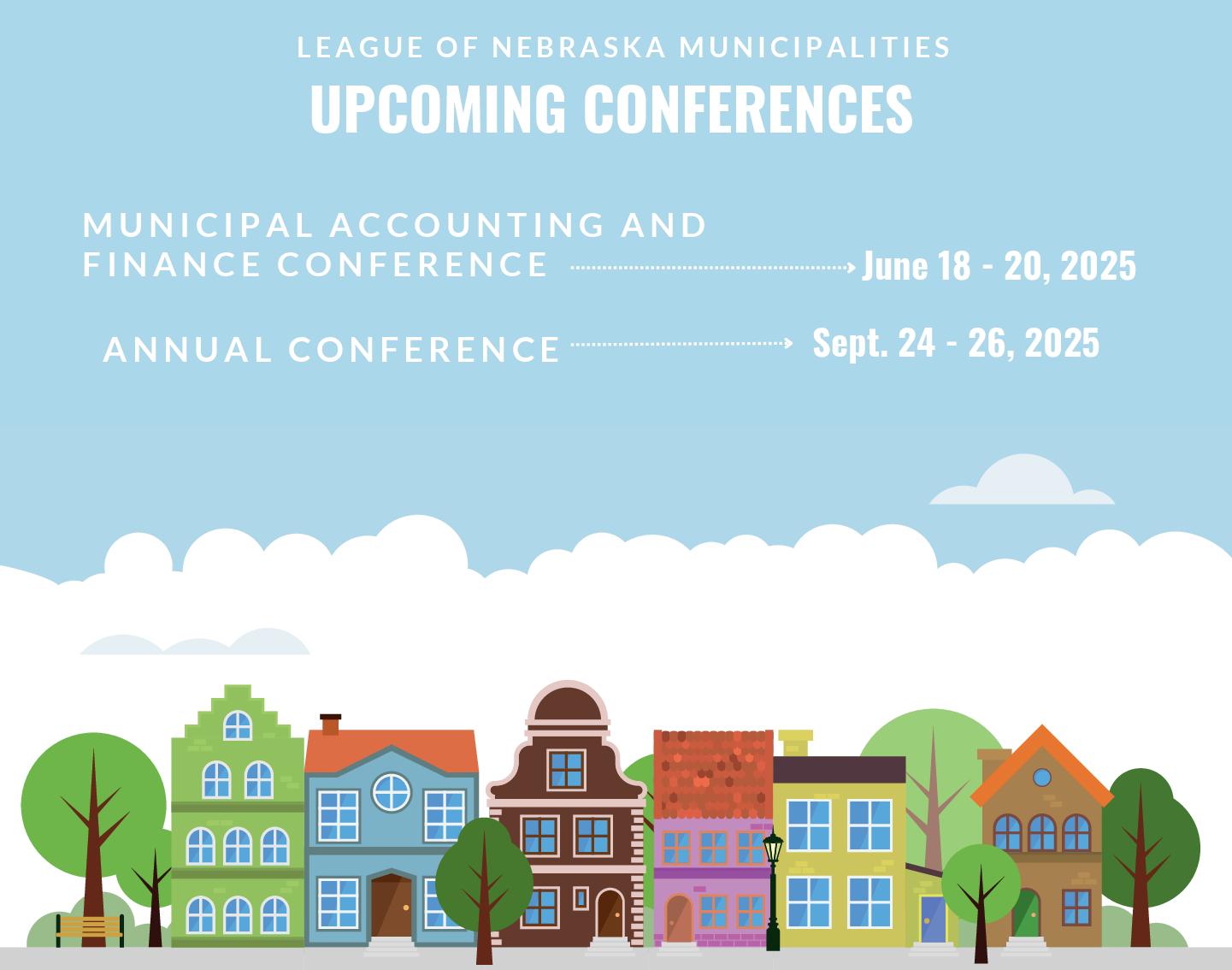
Chaired by Mayor Don Groesser of Ralston
Chaired by Tom Goulette, City Administrator of West Point
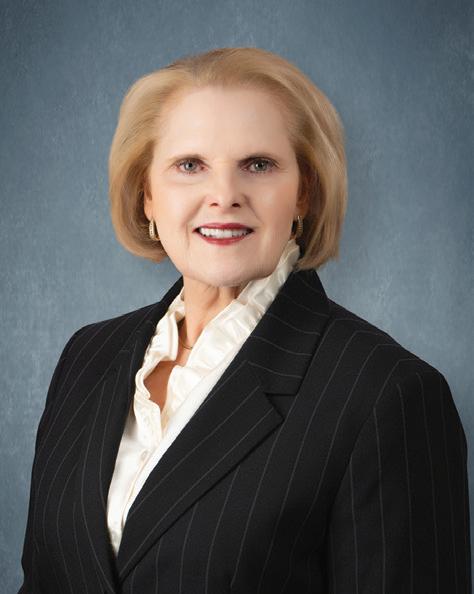
OneBe informed about your municipality’s responsibility to comply with all federal and state requirements BEFORE deciding to participate in a ‘level-funded plan’ to provide healthcare for your employees
BY L. LYNN REX, EXECUTIVE DIRECTOR, LNM
of the most important decisions your city council or village board makes to attract and retain a quality municipal workforce is how to provide affordable healthcare for your employees with excellent coverage and benefits. The League is aware that some insurance companies and third-party administrators are marketing “level self-funded health plan” products to political subdivisions. While these plans are not new, several carriers such as United Healthcare and Aetna do NOT market “level-funded health plans” to political subdivisions for a variety of reasons. Consequently, it is timely to remind League member cities and villages about your municipality’s responsibility to comply with all federal and state requirements BEFORE deciding to leave a “fully insured health plan” (offered by LIGHT or any number of insurers) and participate in a “level-funded health plan.”
For the last few years, League conferences have included sessions cautioning municipal officials that a “levelfunded health plan” is considered “self-insured” under Nebraska law, requiring the municipality (sponsor) “to comply with a different set of legal obligations that do not apply to ‘fully insured plans’,” as noted on page 5 in the article about “level-funded health plan” products by Michelle Sitorius and Mitchell Moylan of Cline Williams Wright Johnson & Oldfather, LLC (Cline Williams) As stated in this excellent article: “To put it simply, the administrative burden of ensuring compliance with both state and federal law is an expensive disadvantage for political subdivisions that opt for level-funded plans, particularly in the context of smaller political subdivisions that may not have the capacity or resources to properly manage the plan.” In addition, it is important to understand that “level-funded health plan” products do not have guaranteed renewal assurances like traditional “fully insured” products.
There are several options like the League Insurance Government Health Team (LIGHT) for municipal officials
to consider that are “fully insured.” LIGHT was formed following years of work in response to consistent requests for the League to establish such a program, including an overwhelming response to a League membership survey in 2022. It was clear that League member municipalities desired an option for a “fully insured” quality health plan, providing cost savings for their city or village as well as their employees with a broad range of benefits and flexibility to customize their health plans. Many villages and smaller cities really had no option since they could not even get a company to provide a quote.
In 2022, under the leadership of then-League President Paul Lambert , Mayor of Plattsmouth, the League developed LIGHT as an Association Health Plan (AHP) in collaboration with Ron Rowe, Chief Revenue Officer of Blue Cross Blue Shield of Nebraska (BCBSNE), Dennis Maggart, of McInnes Maggart Consulting Group, LLC, and other providers. Shirley Riley, League Membership Services Director, worked with Michelle Sitorius and several others strategizing with us on a regular basis as necessary documents and requirements to establish LIGHT as an AHP were finalized. Michelle Sitorius submitted a “Declaration for Single Health Plan Status” to the Nebraska Department of Insurance and successfully obtained approval of LIGHT as a bona fide association eligible to establish an AHP and purchase large group insurance as a single plan.
The first meeting of the LIGHT Board of Directors was held June 29, 2022, at the Cornhusker Marriott Hotel in Lincoln pursuant to the provisions of the Open Meetings Act. As stated in LIGHT’s Interlocal Agreement, the Board of Directors is composed of an elected or appointed official from at least five municipalities which executed the Interlocal Agreement, each of whom was approved as a “Director” by their respective governing body. The following officials serve on the LIGHT Board of Directors: Chair Paul Lambert, Mayor of Plattsmouth; Vice Chair Tom Goulette, City Continued on page 29 / See Level-funded

Level-funded health plan product and municipality sponsorship
Over the last decade, level-funded health plan products (“level-funded plans”) have grown in popularity and availability for Nebraska employers. This type of plan has been marketed and offered not only to private employers but also to Nebraska political subdivisions, such as municipalities, that sponsor employee health benefit plans for their employees. This article addresses several important points that League of Nebraska Municipalities (“League”) membermunicipalities should consider regarding sponsorship of a level-funded plan.
In part, these points stem from an important legal distinction between public employers and private employers: employee health benefit plans sponsored by governmental entities are generally subject to state law, and only some federal laws. In contrast, federal law, under the Employee Retirement Income Security Act of 1974 (“ERISA”), offers a robust framework for employee health benefit plans sponsored by private employers and, generally, preempts state law for these non-governmental group health plan sponsors. Many of the entities marketing level-funded plans have designed their products to comply with ERISA, not individual state laws. Consequently, a levelfunded plan designed to comply with federal ERISA law will impose significant compliance burdens on plan sponsors, such as municipalities, that are subject only to state law. In fact, some national insurers do not extend their level-funded products to governmental entities as a result. Furthermore, certain other federal laws, separate from ERISA, still apply to employee health benefit plans sponsored by governmental entities, including Nebraska political subdivisions. This article summarizes some of the regulatory complexities that municipalities may encounter in opting to sponsor a levelfunded plan, providing health and welfare benefits to their employees.
Nebraska Political Subdivisions Self-Funding Benefits Act
Despite the fact that they share many characteristics with and are often designed to mimic fully-insured plans, in Nebraska, a level-funded plan is considered self-insured. Correspondingly, the sponsor of a level-funded plan must comply with a different set of legal obligations that do not apply to fully insured plans. Specifically, in Nebraska, the Nebraska Political Subdivisions Self-Funding Benefits Act (the “Self-Funding Benefits Act”) (Neb. Rev. Stat. § 13-1601 et seq.) permits political subdivisions, which includes both villages and cities, to sponsor self-funded employee benefit plans, provided that they comply with certain statutory
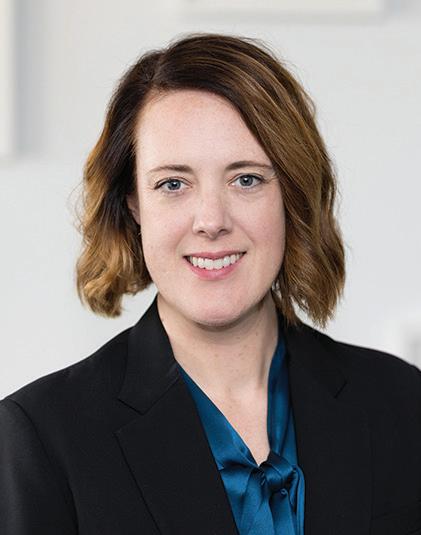

requirements. These requirements are designed to ensure that the political subdivision meets certain financial stability standards that protect the interests of both the sponsoring political subdivisions and their employees. Accordingly, listed below are highlights and summaries of several of the key provisions of the Self-Funding Benefits Act. Given that level-funded plans are self-funded, plan sponsors of a level-funded plan must comply with these requirements.
1. Neb. Rev. Stat. § 13-1617:
• Political subdivisions must obtain formal approval of their governing bodies prior to using selffunding. The governing body must also review on an annual basis the plan’s compliance with certain funding and reserve requirements as enumerated under Neb. Rev. Stat. § 13-1619.
• Political subdivisions are liable for payment of all valid claims under a self-funded plan and may not pool the self-funded portions of their plans with one another.
• Political subdivisions have a statutory obligation to keep personal information of employees and their dependents confidential.
2. Neb. Rev. Stat. § 13-1618:
• Plan sponsors must provide covered employees with a copy of a summary of the self-funded portion of the plan that contains a written description of its major provisions, including (1) a table of contents, (2) a description of benefits, (3) the funding arrangement, and (4) the claims and appeals procedures required by the Self-Funding
Continued on page 13 / See Plan
Michelle L. Sitorius
Cline Williams Wright Johnson & Oldfather, L.L.P.
Mitchell T. Moylan

BY ASHLEY WOLFE, MARKETING & COMMUNICATIONS DIRECTOR, LNM
Nine years ago, Beaver Crossing village trustee, Brandon Mares, and his wife moved to the area. They had no previous ties to Beaver Crossing, but were looking for a place to settle down and the village fit the bill.
The couple purchased a small acreage southeast of town and Mares dove into learning the history of their home and the community.
“Through all my research, I have grown a great affection for the area and have become very passionate about it. It only seemed right that once the opportunity to get more involved somehow became available, I would pursue it,” Mares said.
In 2022, Mares joined the Village Planning Committee and later was elected Chairman of the committee.
“This gave me the chance to be with a group of volunteers whose sole interest is to better the community,” Mares said. And it was from this group—that many ideas and projects to better the community were born.
For Mares, trees are a personal interest. On his property alone, he estimates he has planted somewhere around 800 trees. But Mares was thinking bigger and in 2024, the village clerk brought his attention to a grant offered through the Nebraska Forest Service.
“When I learned of the forestry grant and followed up on the information, I thought this particular thing is in my wheelhouse,” Mares said. He had never applied for anything like this—but gave it a shot.
After a few months of work and a couple rounds of edits—the application was sent off. In the waiting period—Mares learned the state forestry agency was able to conduct a tree inventory of the village. Mares knew this information would be useful to have in case the grant application was successful—or if other opportunities came up.
In August 2024, Mares was notified his hard work paid off and Beaver Crossing would be the recipient of the $15,000 grant he had applied for. But he still was not ready to go public.
The next step for Mares was building the right team to ensure the work was carried out in a way that aligned with the application.
“I wanted to focus on areas that would make the most impact,” Mares recalled.
He set up a meeting with Todd Faller, Faller Landscape and Nursey of York; Graham Herbst, Nebraska Forestry Service; and Justin Evertson, the forestry advisor assigned to the project.
The group went over the results of the tree inventory and discussed what the next steps should be. Mares then reached out to certified arborist, Dan Wittnebel, from WITT360, to discuss trimming the old trees along the main streets in Beaver Crossing and the village park.
Beaver Crossing:

In his grant application, Mares talked about the damage sustained to trees in the 2014 Mother’s Day tornado. If the village received the grant, he envisioned it as an opportunity to address the trees that survived, give some care to the ones planted in years afterwards, and plant some new trees in area of need.
“The entire experience working with these gentleman has been very rewarding. They are all passionate about what they do and are willing to mentor, educate, and share their knowledge,” Mares said.
In January 2025, the entire project was brought before the Beaver Crossing Village Board. According to Mares, the excitement and positivity received was overwhelming.
“I believe it was a step in the right direction outside of normal village business,” Mares explained. “The village has spent the last 10 years

rebuilding after the tornado. We’ve got a great ballfield that was completely overhauled and a pool. The amount of community work that went into the park is what makes these villages so special.”
Build Beaver: A new program to help navigate and retain funding opportunities for village improvements
Lastyear, a new program was established in Beaver Crossing. Build Beaver is a small, but proactive, group of community members whose main focus is bettering the village they call home. The organization’s mission is to work parallel with municipal government officials, the village Chamber and other community clubs to ensure the interest of the community’s needs is being met.
“Often, some of these community organizations tend to get focused on their own projects or commitments— which is completely understandable. The hope is that Build Beaver can help bridge that gap, while promoting growth, projects, and opening up other funding opportunities,” Mares said.
Through a series of chance connections, Mares was connected with Misty Ahmic, the director of Seward County Gives, and Ahmic connected Mares with Laurie Sherman, the director of Seward County Bridges. Seward County Bridges is an organization that serves to help small groups umbrella under their 501(3)c by offering “nonprofit” status.
“[The connection was] a great way to open up another avenue of funding opportunities,” Mares explained. Mares and the group met with Sherman and pitched the idea of creating an outdoor recreational area or trail along the Blue River Channel that runs south of the Village.
Continued on page 9 / See Build
The photo above shows a berm project in place around the entry sign into Beaver Crossing. This project will include plants, trees, along with some boulders and native grasses. Photo provided by Brandon Mares.
GET A QUOTE AND JOIN TODAY!

The League Insurance Government Health Team (LIGHT) helps hundreds of its members throughout Nebraska obtain affordable health insurance coverage.
Plan and Network Choices
With seven plan options and three networks to choose from, you’re sure to find one that meets your group’s coverage and benefit needs.
Affordable Plan Options
Offering your employees much-needed protection against the high cost of medical care:
• Three PPO options
• Four HSA-eligible high deductible options
• Prescription drug coverage
Enrollment Options
Single: Covers the employee only
Employee and spouse: Covers the employee and their spouse
Employee and children: Covers the employee and their eligible dependent children, but does not provide coverage for the spouse
Family: Covers the employee and eligible dependents including a spouse
Available Network Options
With several networks available, you have easy access to quality providers:
• NEtwork BLUE (Statewide)
• Premier Select BlueChoice (Regional)
• Blueprint Health (Regional)
• Out-of-state network availability
LET’S GET STARTED
Contact your current local Agent/Broker Or contact
Dennis Maggart Executive Vice President P: 913-378-9841 or 816-718-0335
Dennis@McInnesGroup.com
Jane Limbach Account Man ager P: 913-378-9840
Jane@McInnesGroup.com
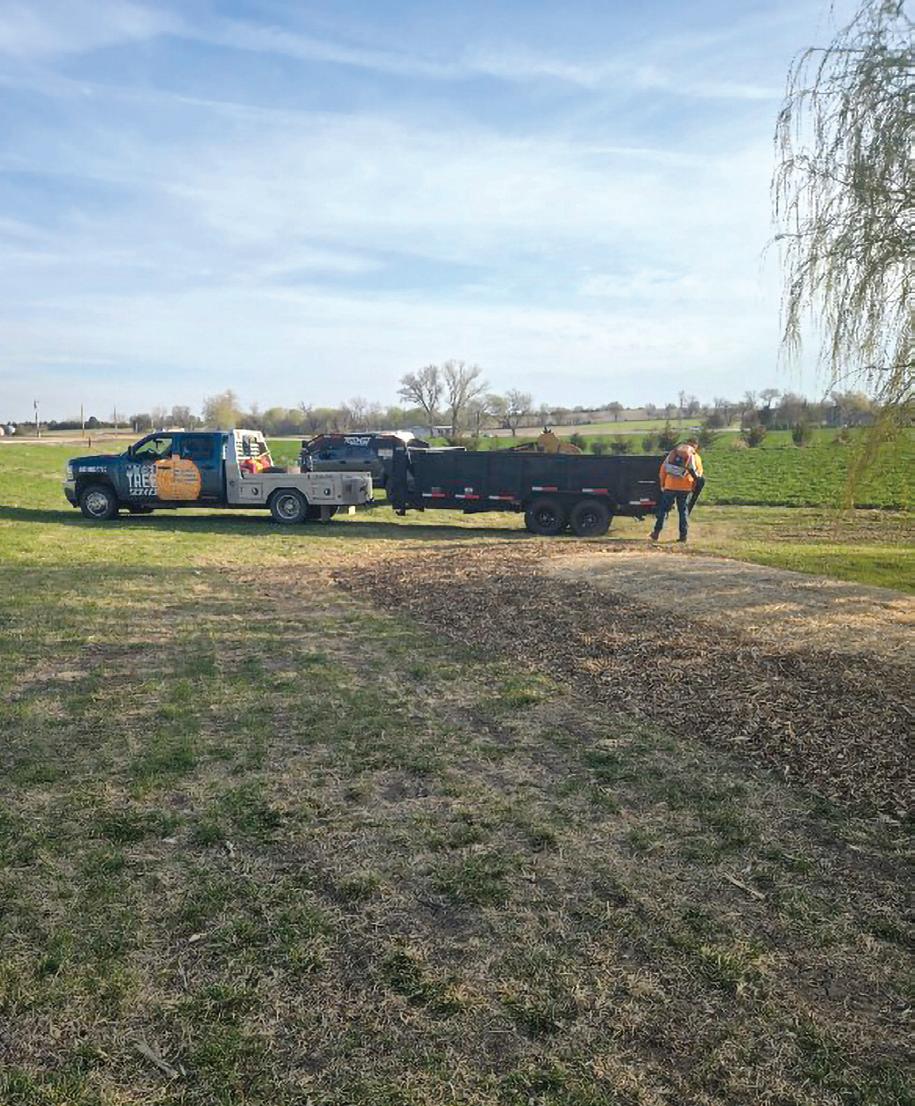
Build
Continued from page 7
“Many of us could not understand how we had this amazing river channel that entangled so much history of the area and nowhere to access it. The application was sent to Bridges, approved by their board, and the dream was born,” Mares said.
In late 2024, Dawn Navis, who is part of the Legacy Fund for Seward County, reached out to Mares about the “Build Beaver” project—she heard about the work of the group and wanted to know how the Legacy Fund could support to get it running. Navis informed Mares of a grant offered through the Legacy Fund.
“I thought, ‘what the heck, let’s apply!’” Mares said.
Mares piggybacked the application off the Nebraska Forest Service grant and pitched the idea for the recreational trail with hopes it would all bring “Build Beaver” right in line with the village IRA grant fund.
“I thought it would all tie together nicely,” Mares said.
Just a few weeks into January, the vision was realized. Mares was informed “Build Beaver” was awarded $5,000 in funding from the Legacy Fund. This year is shaping up to be a busy year for Mares and the Build Beaver community group with the evergrowing list of projects aimed at community improvement in Beaver Crossing.
Editor’s Note: Thank you to Brandon Mares for reaching out to share this story with the League and the Nebraska Municipal Review.

Dan Wittnebel with WITT360 and Todd Faller with Faller Landscape and Supply have been among those who have helped with the project designed to create a more welcoming introduction into Beaver Crossing. Photo provided by Brandon Mares.
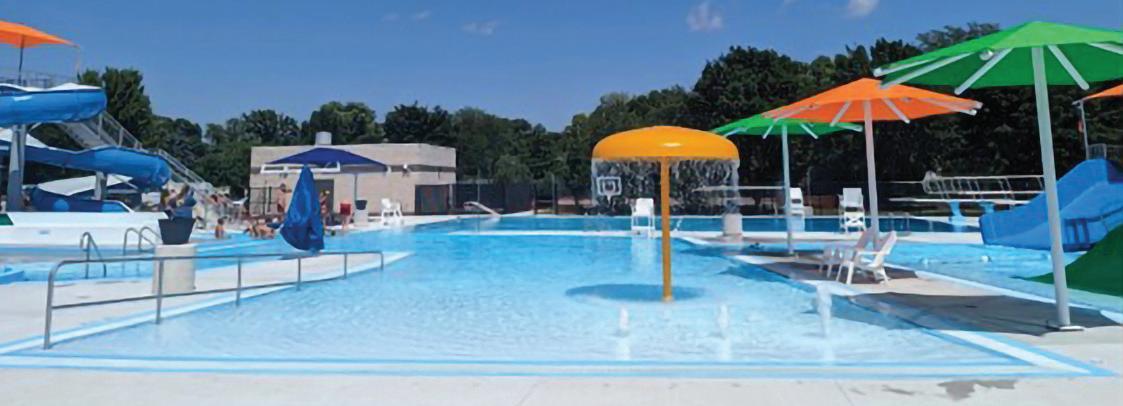
The Waverly Aquatic Complex is partially funded through the Land and Water Conservation Fund. Photo provided Nebraska Game and Parks.
Outdoor recreation grant opportunities available
BY HANNAH JONES, NEBRASKA
Have you been dreaming about your next park project in your community? How about an addition to your trail system or the very first trail in your community? Game and Parks has two grant opportunities that might be the right fit for your next project.
The Land and Water Conservation Fund program and the Recreational Trails Program are taking applications for the competitive grant round now until August 22, 2025.
The Land and Water Conservation Fund is for outdoor recreation projects such as swimming pools, picnicking facilities, sports fields, playgrounds, pool renovations, splash pads, park acquisitions and development, wildlife viewing facilities, fishing access, adventure spots (such as ziplines and rock-climbing) and park-related support facilities.
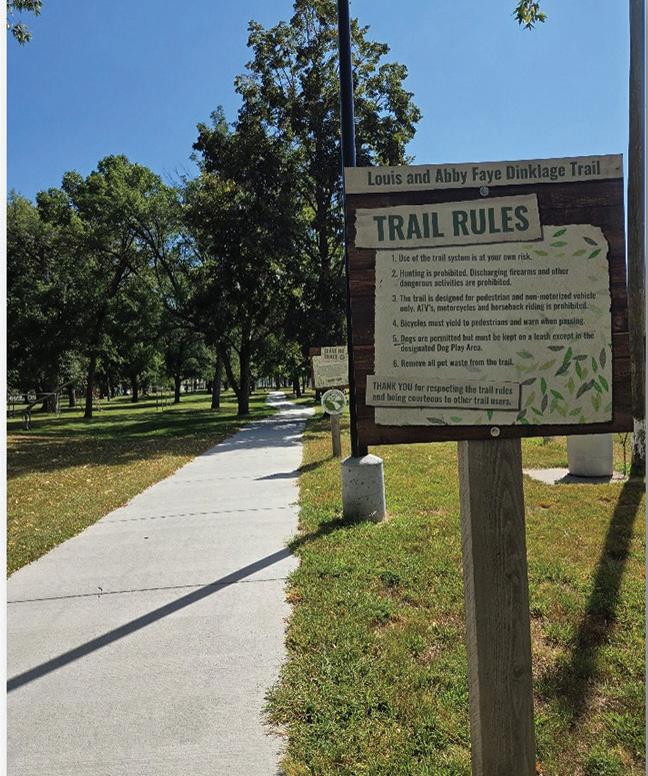
The Wisner Central River Park Trail is partially funded by the Recreational Trails Program. Photo provided.
The Recreational Trails Program is for motorized or non-motorized trails, covering acquisition, development, maintenance, and trail-related support facilities.
Eligible applicants include villages, cities, counties, tribes, public power districts and Natural Resources Districts. Both programs are reimbursable grants and vary in the percentage of match (50%-80%) and the maximum funding ($250,000-$600,000).
Application documents have been updated, including scoring. If you are a returning applicant for one or both programs, make sure you take a look at the application guidance to familiarize yourself with the changes. There is also a monthly newsletter for Land and Water that has a deep dive topic to help you with your application. Reach out to Shari Sorenson if you would like to sign up.
For more information on the grant programs and to apply through our online portal, visit OutdoorNebraska.gov and search for RTP or LWCF.
Not sure if your project is eligible or you need more information? Reach out to Nebraska Game and Parks. Grant administrators are happy to help.

Sorenson
Recreation Grants Administrator 402-471-5283
shari.sorenson@nebraska.gov
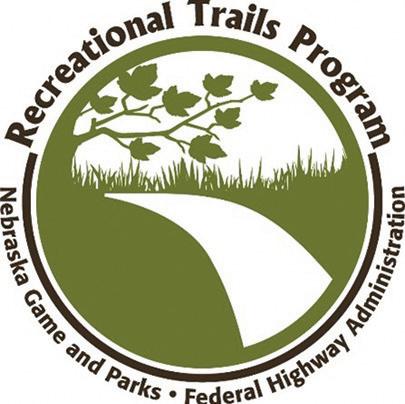
Duryea Learn more!
Recreational Trails Manager
402-471-5443
alexander.duryea@nebraska.gov
Shari
Alex
GAME AND PARKS COMMISSION
Battle Creek was recently awarded $15,000 in grant funding for the completion of a Battle Creek Park Master Plan. Battle Creek, in partnership with the Northeast Nebraska Economic Development District and Norfolk Area Economic Development, applied to the Nebraska Department of Economic Development for funds under the Civic and Community Center Financing Fund (CCCFF). CCCFF funding is utilized to support community facility projects across Nebraska that contribute to a higher quality of life and promote economic opportunity.
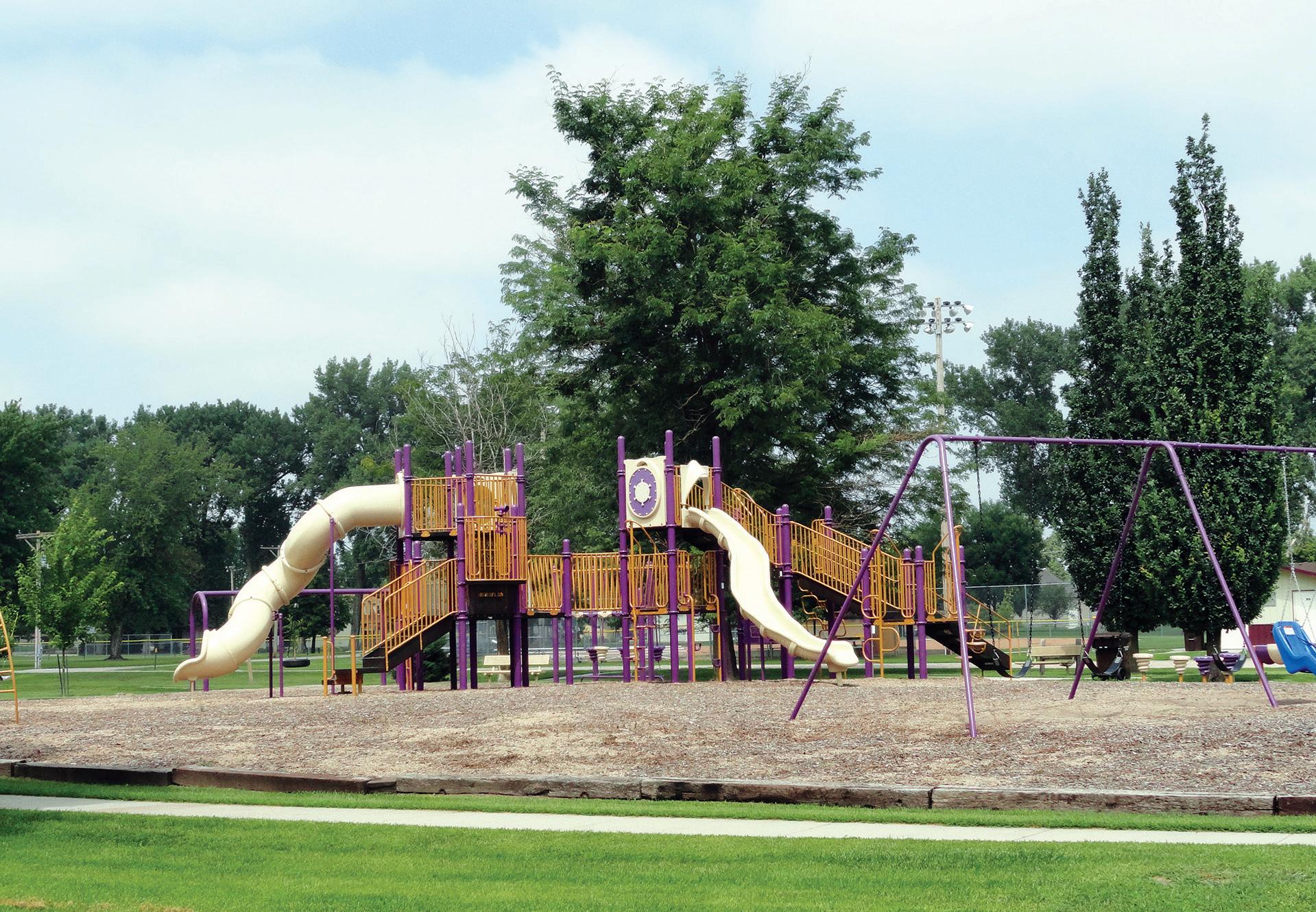
Battle Creek:
Improving community quality of life through recreational improvement with the help of NDED
“Parks and recreational spaces are not just amenities, they’re essential infrastructure that enhances our quality of life and economic competitiveness,” said Mayor Heath Mettler. “This $15,000 grant will help us develop a strategic vision for Battle Creek Park that maximizes its potential as both a community gathering place and an important amenity for attracting families and businesses. We’re grateful to the Nebraska Department of Economic Development for their support and excited about the possibilities this planning process will unlock.”
Battle Creek will match the grant award 1:1 to fund preliminary planning efforts that will include
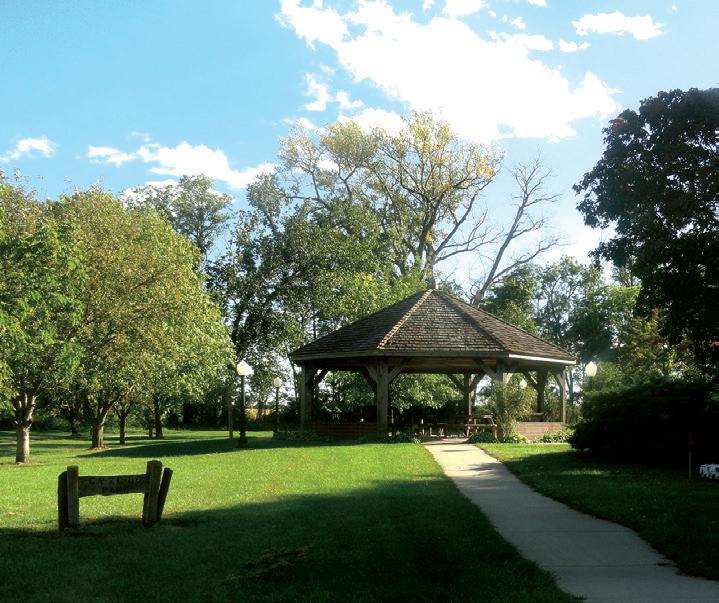
a focus on enhancing recreation and accessibility of the key amenities like the swimming pool, ball diamonds, tennis and basketball courts, soccer fields, and picnic areas. It will also assess the clubhouse and the park’s playgrounds. The scope of services will include a project kickoff meeting, data collection, inventory assessment, alternative conceptual design, and substantial community engagement.
“Placemaking investments like parks are vital to economic development—they help attract and retain residents, support workforce recruitment, and create the kind of vibrant communities where people want to live and do business,” said Candice Alder, Economic Development Director for the Norfolk Area Economic Development Council. “This planning grant is an important first step in shaping a community asset that will benefit Battle Creek for years to come.”
Once the planning process is complete, Battle Creek can apply for a future CCCFF grant cycle as a capital construction project. These funds could then be used to build and improve Battle Creek’s community facilities. The completion of this preliminary master planning process will contribute to the likelihood of success when applying for future capital construction funds from CCCFF or other opportunities.
Parks and recreational spaces are not just amenities, they’re essential infrastructure that enhances our quality of life and economic competitiveness. Heath Mettler, Mayor of Battle Creek ”
PRESS RELEASE AND PHOTOS BY NORFOLK AREA DEVELOPMENT COUNCIL
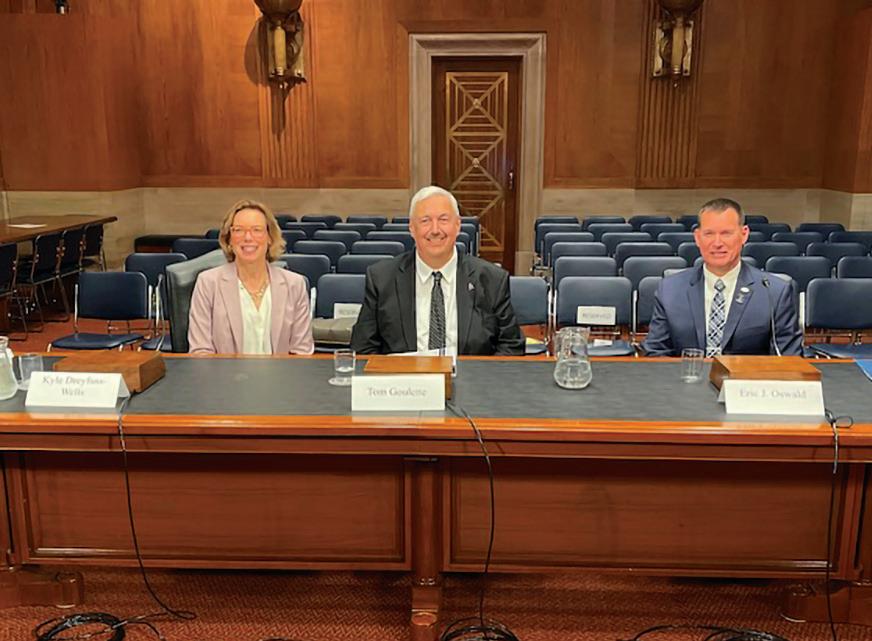
Building on successes planning for the future
AND
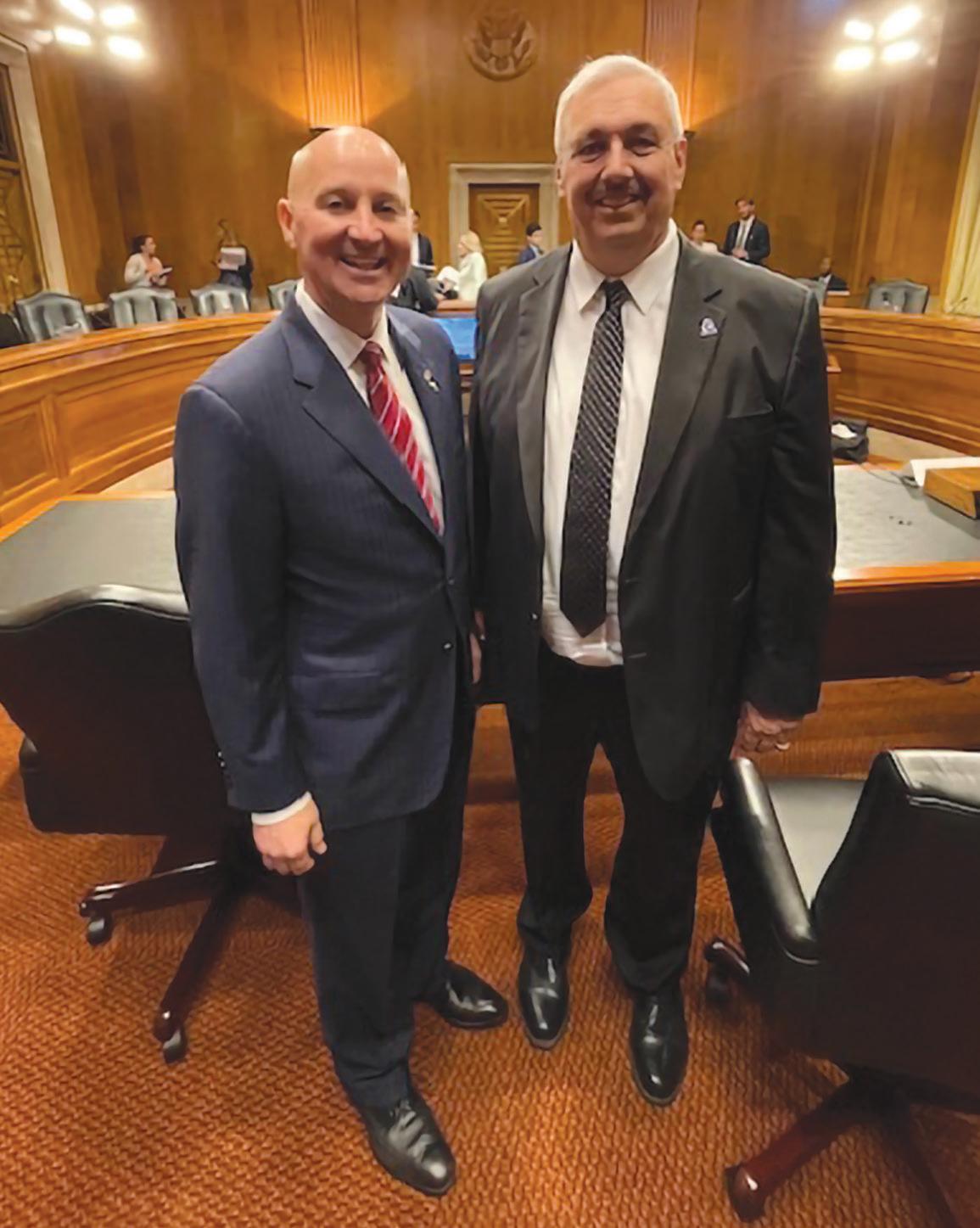
Tom Goulette travels to Washington, D.C. to address the U.S. Senate Committee on Environment and Public Works
Tom Goulette, City Administrator and Utility Superintendent of West Point, recently traveled to Washington, D.C. to testify on behalf of the Nebraska Rural Water Association and the National Rural Water Association before the U.S. Senate Committee on Environment and Public Works.
Goulette has more than 40 years of utility experience and has served as Nebraska’s representative on the NRWA Board of Directors since 2005, and presently serves as a member of the organization’s current Executive Committee.
Goulette spoke to the Committee on the successes of the Infrastructure Investment and Jobs Act (IIJA) and its impact on rural communities and identifying and
building on opportunities to strengthen water programs. According to his testimony, the IIJA was passed in November 2021 and is one of the most significant public water and wastewater achievements in our nation’s history, especially for rural America. Goulette went on to share his thoughts on what more can be done to maximize the impact of the legislation.
Tom, thank you for serving as a voice for municipal officials and utility providers in Nebraska.
To read Tom’s entire testimony visit https://bit.ly/4k6LsLt or use the QR code at right.

Above left image: From left to right: Kyle Dreyfuss-Wells, Chief Executive Officer of the Northeast Ohio Regional Sewer District; Tom Goulette, West Point City Administrator & Utility Superintendent; and Eric J. Oswald, Director of the Michigan Department of Environment, Great Lakes, and Energy, Drinking Water and Environmental Health Division spoke before the U.S. Senate Committee on Environment and Public Works at the end of April.
Above: Sen. Pete Ricketts poses for a quick photo with Goulette. Photos provided by Tom Goulette.

Continued from page 5
Benefits Act under Neb. Rev. Stat. § 13-1623.
3. Neb. Rev. Stat. § 13-1619:
• Self-funding political subdivisions must establish accruals to provide funds to cover (a) 100% of expected claims, (b) reserves for claims that have been incurred but not yet presented for payment, and (c) expenses to operate the self-funded portion of the plan. Accruals must also be evaluated for adequacy on at least an annual basis.
• In addition, plan sponsors must ensure that they are maintaining adequate reserves for incurred claims on an actuarially sound basis as determined by an independent actuary or insurer.
• Plan sponsors must also establish a restricted and segregated fund exclusively for the deposit and disbursement of monthly accruals and other assets pertaining to the self-funded portion of the plan. Plan sponsors may only use restricted funds to pay specific plan expenses.
• In the event a plan is discontinued, a plan sponsor must maintain the restricted and segregated fund for one year after the date of discontinuation for payment of any claims which have not yet been filed.
4. Neb. Rev. Stat. § 13-1620:
• Governing bodies of plan sponsors must approve an annual report that details the beginning and ending balance of the fund established pursuant to Neb. Rev. Stat. § 131619, deposits of monthly accruals and other assets of the fund, and a separate accounting to reflect required reserves.
5. Neb. Rev. Stat. § 13-1621:
• Plan sponsors must contribute to the fund established under Neb. Rev. Stat. § 13-1619 when the fund is insufficient to cover all disbursements under the self-funded portion of the employee benefit plan.
6. Neb. Rev. Stat. § 13-1622:
• Plan sponsors must obtain excess insurance that limits the sponsor’s total claims liability for each plan year to 125% of the expected claims liability as projected by an independent actuary or insurer.
• If actual claims liability exceeds the expected claims liability of the self-funded portion of a plan, the plan sponsor must fund the excess liability by (a) allocating funds from the operating fund of its general fund, (b) setting up an additional reserve in the operating fund of the general fund, or (c) setting up the monthly accruals at a level to fund claims in
excess of the expected claims liability.
7. Neb. Rev. Stat. § 13-1623:
• Plan sponsors must maintain a claims procedure for self-funded plans that provides for payment within certain prescribed time limits after receipt of a written claim.
• The procedure must also provide participants with a process for appealing the denial of a claim. This appeal process must also adhere to specific timelines described in the statute.
8. Neb. Rev. Stat. § 13-1624:
• Plan sponsors that establish plans pursuant to the Self-Funding Benefits Act and who have 20 or more employees must continue coverage for employees who are involuntarily terminated for reasons other than misconduct for certain periods of time after termination as prescribed by statute.
In short, the array of requirements under the SelfFunding Benefits Act underscores the fact that the applicability of state law creates another layer of complexity for self-funded plans. Although the terms of the level-funded plan product may comply with some provisions of the Self-Funding Benefits Act, the responsibility for ensuring full compliance falls on the political subdivision. Furthermore, it is important for any political subdivision that chooses to offer benefits under a level-funded plan to understand its compliance obligations.
Nebraska Insurance Coverage Requirements
Because State law applies to self-funded plans sponsored by political subdivisions, the Self-Funding Benefits Act is not the only relevant Nebraska law that impacts these plans. In fact, many provisions of Nebraska’s insurance statutes impose specific coverage requirements for selffunded plans that are not subject to ERISA. Below are several examples of the particularity with which Nebraska imposes certain coverage requirements:
• Neb. Rev. Stat. § 44-798: requires self-funded benefit plans to cover reasonable costs of hospitalization and general anesthesia in order for a covered person to safely receive dental care if he or she is under eight years of age or is developmentally disabled.
• Neb. Rev. Stat. § 44-799: requires self-funded benefit plans to cover newly adopted children of an insured or enrollee that is the same as coverage for other dependents.
Continued on page 14 / See Plan

• Neb. Rev. Stat. § 44-7,102: requires self-funded employee benefit plans to provide coverage for colorectal cancer screening and prohibits plans from imposing a cost-sharing requirement on services that are integral parts of performing such an examination.
• Neb. Rev. Stat. § 44-7,103: requires self-funded benefit plans to continue coverage for children of participants who would otherwise lose coverage because the child ceases to be a dependent, ceases to be a full-time student, or attains an age that exceeds the specified age at which coverage ceases. Such coverage must continue through the end of the month in which the child (i) marries, (ii) ceases to be a resident of Nebraska, (iii) receives coverage under another health benefit plan, or (iv) attains the age of thirty.
• Neb. Rev. Stat. § 44-7,107: prohibits self-funded benefit plans from excluding coverage for services that are delivered through telehealth.
• Neb. Rev. Stat. § 44-7,118: requires self-funded benefit plans to provide benefits for services when performed by a licensed rural emergency hospital if such services would be covered under such policies, contracts, or coverage if performed by a general hospital.
• Neb. Rev. Stat. § 44-7,120: prohibits self-funded plans from imposing a cost-sharing requirement for lung cancer screening on an individual who is 50 years of age and who has a “twenty-pack-per-year smoking history and currently smokes or who has quit smoking within the past fifteen years.”
Again, although a level-funded plan product may comply with some Nebraska coverage requirements, this is likely only true to the extent that coverage requirements under federal law overlap with Nebraska law or the levelfunded plan’s typical coverage offerings. In other words, employers considering sponsoring a level-funded plan should understand that the coverage offered under the level-funded plan product likely is tailored to comply with federal law, which does not necessarily mean the plan automatically satisfies Nebraska law. Accordingly, political subdivisions should consider the administrative burden that comes with ensuring compliance with State coverage requirements.
Federal Compliance
While state law is applicable for many aspects of a self-funded plan sponsored by a political subdivision,
certain federal laws that regulate group health plans still apply through the Public Health Service Act (“PHS Act”) and the Consolidated Appropriations Act of 2021 (“CAA”). Accordingly, political subdivisions that self-fund their plans must ensure that the plan complies with both Nebraska law and these various federal laws. Below are several notable federal laws that generally apply to political subdivisions that sponsor level-funded plans:
1. Affordable Care Act (“ACA”) Reporting: Self-funded plan sponsors must complete ACA reporting under Internal Revenue Code (“Code”) Section 6055. Specifically, plan sponsors must report information that permits the Internal Revenue Service (“IRS”) to verify the months during the year that an individual was enrolled in minimum essential coverage. In general, the reporting is due on or before February 28 (if filing on paper) or March 31 (if filing electronically) of the year following the calendar year of coverage.
2. Health Insurance Portability and Accountability Act (“HIPAA”) Privacy and Security: Under the PHS Act, self-insured non-federal governmental plans can no longer opt out of certain requirements under HIPAA. Under HIPAA, self-funded plans that receive protected health information (“PHI”) about plan participants, their dependents, and any claims they submit must take certain measures to protect this information. These measures include, but are not limited to, developing specific privacy policies and procedures, designating a privacy officer to oversee compliance with HIPAA, and ensuring that business associates and contractors adhere to appropriate procedures to protect PHI.
3. Mental Health Parity and Addiction Equity Act: The CAA subjects non-federal governmental health plans to the Mental Health Parity and Addiction Equity Act (“MHPAEA”). Under the MHPAEA, plans that provide benefits for mental health and substance use disorders must ensure that they do not impose greater limitations on those benefits than they do on medical or surgical benefits. In other words, the MHPAEA does not require plans to provide coverage for mental health or substance use disorders, but if they do, they must provide coverage that is at least as favorable as coverage provided for medical or surgical services.
4. Age Discrimination in Employment Act: The Age Discrimination in Employment Act (“ADEA”) applies to employers who employ at least 20 employees and prohibits employers from discriminating against
Continued on page 15 / See Plan

an individual with respect to compensation, terms, conditions, or privileges of employment because of the individual’s age. In the group health plan context, this means that the ADEA requires plans to provide benefits to older employees on terms at least as favorable as those offered to younger employees.
5. No Surprises Act : The federal No Surprises Act, which was part of the CAA, provides protections for patients from surprise medical bills for emergency services received at out-of-network providers and air ambulance services. The No Surprises Act applies to plans sponsored by governmental entities through the PHS Act. Specifically, the No Surprises Act protects plan participants from surprise medical bills in certain scenarios: (1) emergency services by out-of-network providers or at out-of-network facilities, which must be covered with the same cost-sharing requirements as if the services were received at an in-network provider; (2) non-emergency services provided by out-ofnetwork providers at an in-network facility; and (3) air ambulance services, which are subject to similar in-network requirements. The No Surprises Act also establishes procedures for resolving billing disputes through an independent dispute resolution process. Political subdivisions that sponsor a level-funded plan must also reconcile the provisions of the federal No Surprises Act with Nebraska’s Out-of-Network Emergency Medical Care Act, Neb. Rev. Stat. § 446834 et seq. (the “EMC Act”). The EMC Act applies to self-funded benefit plans that are not subject to federal law. Specifically, the EMC Act: (1) requires plan sponsors to ensure that participants do not incur greater out-of-pocket costs for emergency services received at an out-of-network provider than he or she would have at an in-network provider; and (2) imposes certain billing requirements on healthcare providers and provides for dispute resolution procedures in the event a plan and the provider disagree about a bill.
Although some insurers and third-party administrators (a “TPA”) may assist plan sponsors with certain compliance measures, the plan sponsor is generally responsible for
ensuring full compliance. In a political subdivision’s case, compliance is all the more complex because ERISA will not preempt state law. As a result, compliance with both sets of laws requires significant analysis and investment. To put it simply, the administrative burden of ensuring compliance with both state and federal law is an expensive disadvantage for political subdivisions that opt for level-funded plans, particularly in the context of smaller political subdivisions that may not have the capacity or resources to properly manage the plan.
Additional Considerations
One additional point merits particular consideration: level-funded plan products do not carry the same guaranteed renewal assurances as traditional insured products. This distinction could have significant implications for political subdivisions that rely on stable, predictable products in offering their employees health benefit plan coverage. This is especially true for political subdivisions that may have few alternatives in the event that the entity offering the level-funded product elects not to renew coverage or adjusts its terms in a way that disrupts the continuity of coverage. In addition, municipalities are subject to budgeting constraints and approvals that may impair their ability to comply with the Self-Funding Benefits Act or to pivot to another plan option if the levelfunded product is not available for a subsequent plan year. These issues are further exacerbated if municipalities are not fully aware of their compliance obligations in relation to a self-funded plan.
Accordingly, municipalities should engage in thorough discussions with their service providers and their leadership prior to implementing a level-funded product, bearing in mind the lack of guaranteed renewal and the significant compliance burden that sponsorship of a level-funded plan will create.
Editor’s Note: This article is not intended to provide legal advice to its readers. Rather, this article is intended to alert readers to new and developing issues. Readers are urged to consult their own legal counsel or the authors of this article if they wish to obtain a specific legal opinion regarding their particular circumstances. The authors of this article, Michelle L. Sitorius and Mitchell T. Moylan, can be contacted at Cline Williams Wright Johnson & Oldfather, L.L.P., msitorius@clinewilliams.com, mmoylan@ clinewilliams.com, or www.clinewilliams 4912-8187-1684, v. 1 Continued from page 14

Transforming homes and lives
The USDA 504 Home Repair Loan Program
For many families in rural America, maintaining a safe and comfortable home can be a financial challenge. The USDA Rural Development 504 Home Repair Loan Program, often referred to as the Section 504 Home Repair Program, aims to address this need by offering financial assistance to very-low-income homeowners. This program not only helps repair and improve homes but also removes health and safety hazards, fostering better living conditions.
Who can benefit?
The 504 program is tailored for those who might otherwise struggle to secure affordable credit. Applicants must:
• Own and occupy their homes.
• Fall within the very-low-income bracket for their area.
• Be unable to obtain credit from traditional sources.
Financial details
The program offers loans of up to $40,000 with favorable terms. These loans are repaid over 20 years at an exceptionally low interest rate of 1%.
How can the funds be used?
The funds provided by the Section 504 program serve various purposes, including:
• Repairing structural issues.
• Modernizing homes for improved functionality.
• Eliminating health or safety hazards, ensuring the well-being of occupants. Application process
Applications are accepted year-round through USDA Rural Development in Nebraska. Prospective applicants can contact: 402-437-5551 Option 1 for Single Family Housing, or email: SM.RD.NE.SFHQST@usda.gov to understand the specific requirements and begin the process.
Why this program matters
The Section 504 Home Repair Program exemplifies the USDA’s commitment to rural communities. By supporting homeowners who face financial barriers, it plays a critical role in promoting stability and safety. From fixing a leaky roof to removing hazardous wiring, this program ensures that homeowners can live in homes that meet their needs and standards.
Learn more about eligibility - https://www.rd.usda.gov/programs-services/ single-family-housing-programs/single-family-housing-repair-loans-grants-2
Home electrified and heated for comfortable living
Michael Costa was having electrical issues in his 1912, 900 sq. ft., two-bedroom bungalow home in Scottsbluff. The electric outlets upstairs were not working. Some electricity did work downstairs where he had his TV and kept his refrigerator running by way of an extension cord across the house.
Also, the heat to the home was a small, stand-alone gas stove in the main part of the house. There was no ductwork to the bedrooms or bathroom, shut the door and you were cold. The furnace was almost red tagged by the gas company during the winter when they came to light it. Mike talked with someone from Community Action Partnership of Western Nebraska and spoke of his situation and someone there knew where he could find assistance, USDA Rural Development.
USDA helped with $7,425 to run a new 100A meter loop and panel, GFCI receptacles, new circuits and outlets, and to install cove heaters in the home. This project completed, opened a whole new world to Michael who is deeply appreciative. Both Michael and his dog Luke went on to live in a properly electrified and heated home, having heat in all the rooms making the house warm and comfortable. THE PROGRAM IN ACTION:

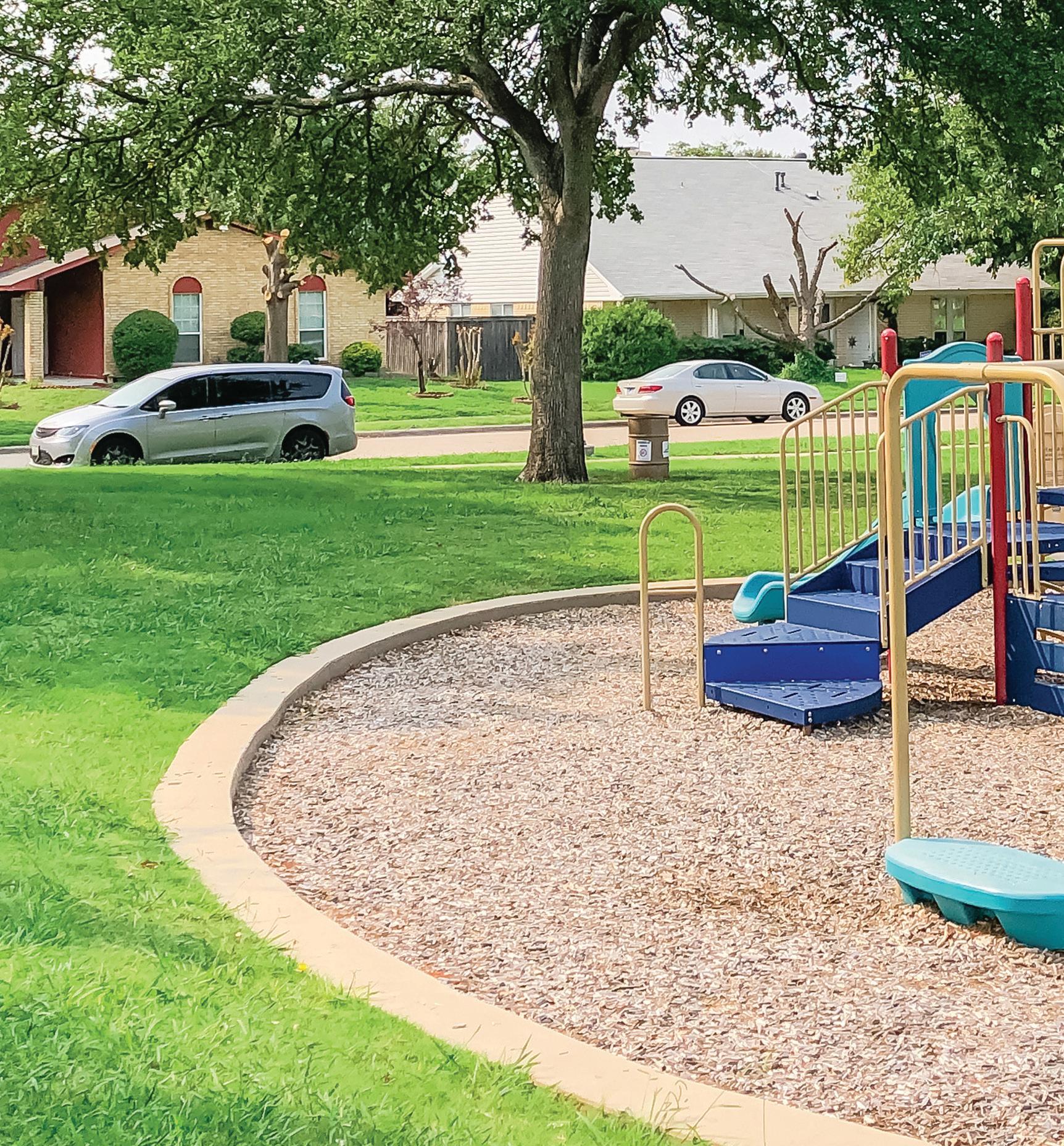
Playgrounds
understanding the risks associated with the fun
Playgrounds are essential spaces where children can play, explore, and develop crucial social and physical skills. However, these vibrant hubs of activity can also be sites of serious injuries and, in some tragic cases, fatalities. Understanding the causes of playground injuries and implementing effective preventive measures is vital for municipalities to ensure the safety of their youngest residents.
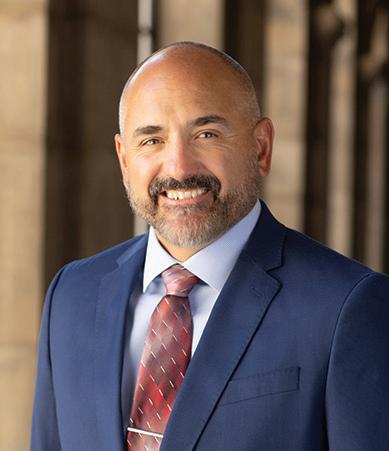
JAMES KELLEY LOSS CONTROL SPECIALIST, LARM
According to the U.S. Consumer Product Safety Commission (CPSC), approximately 200,000 playground-related injuries were treated in emergency departments across the United States in 2022. These injuries range from minor scrapes and bruises to severe fractures and head injuries. Tragically, there were 17 playground-related deaths in 2022, with similar numbers reported in 2023. These statistics highlight the urgent need for municipalities to improve safety measures in public playgrounds.
Leading Causes of Playground Injuries
• Falls: Falls are the most common cause of playground injuries, accounting for nearly 70% of all incidents. Children can fall from swings, slides, and climbing structures, leading to fractures, concussions, and other serious injuries. Proper fall surface materials, such as rubber mats or loose-fill material such as shredded rubber, wood chips, pea gravel, or sand can significantly reduce the severity of fall-related injuries.
• Strangulation: Strangulation is the leading cause of playground fatalities, responsible for over 50% of deaths. Loose clothing, drawstrings, and ropes can become entangled in playground equipment, posing a severe risk. Small openings in playground equipment can trap a child’s head, neck, or limbs, leading to serious injuries or death. Proper playground equipment design along with conducting regular inspections to identify these hazards and remove them is crucial.
• Impact with Moving Components: Children can be seriously injured by colliding with moving playground equipment like merry-go-rounds, swings, and seesaws or with other children approaching or leaving nearby
equipment. Understanding the recommended “use zones” for certain playground equipment is necessary to ensure that there is proper spacing between equipment and the flow of foot traffic to and from the equipment is not impeded.
• Equipment Tip-Over and Collapse: Over time, playground equipment can deteriorate, leading to potential tip-overs or collapses of playground equipment. Use equipment that is manufactured and constructed only of materials that have a demonstrated record of durability in a playground or similar setting. Regular inspections and maintenance can keep playground equipment in proper working condition to help prevent these accidents.
Mitigation Strategies for Municipalities
• Routine Inspections and Maintenance : Maintenance checklists along with regular inspections will help identify and address these hazards. Establishing a schedule for inspecting equipment, surfacing, and surrounding areas, along with prompt repairs, can assist with accident prevention.
• Fall Protection Surface Material : The CPSC “Public Playground Safety Handbook” recommends a minimum depth of nine inches for loose-fill material such as sand, gravel, and wood chips, and six inches for shredded rubber. Regular checks and replenishment are necessary to maintain effectiveness.
• Age-Appropriate Equipment : Playgrounds should have equipment suitable for different age groups. Younger children need lower, safer structures, while older children can handle
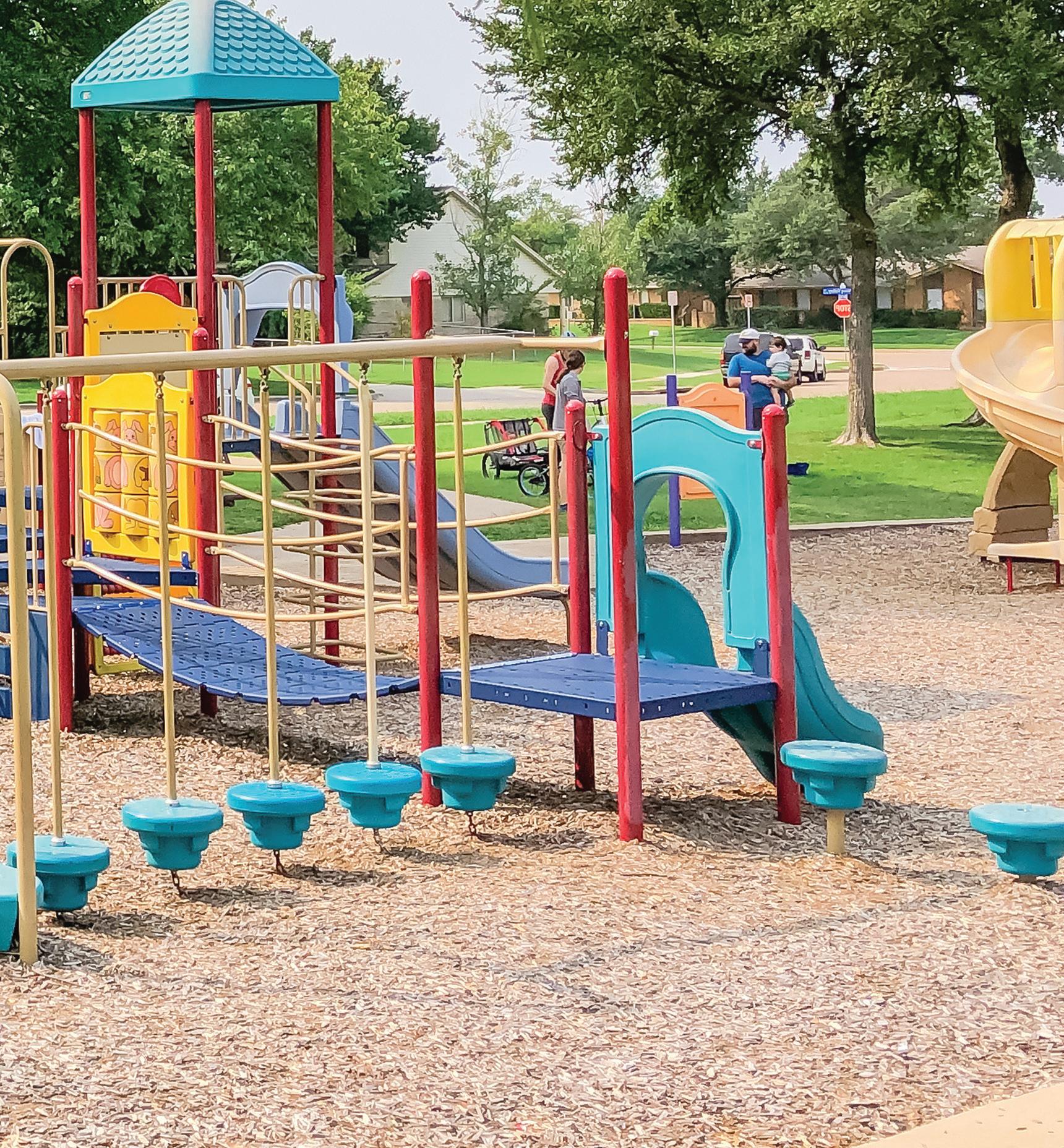
more challenging equipment. Clear signage indicating the appropriate age range for each piece of equipment can guide parents and caregivers.
• Proper Signage : Signs should provide information on age-appropriate equipment, promote adult supervision, advise the removal of helmets and drawstrings to prevent strangulation, and warn of hot surfaces. These signs should be easily visible but not interfere with equipment use.
• Compliance with Safety Standards : Adhering to guidelines from organizations like the CPSC and the American Society for Testing and Materials (ASTM) ensures high safety standards. Municipalities should regularly review and update playgrounds to comply with these standards. The “Public Playground Safety Handbook” is available online or through www.cpsc.gov.
Playgrounds should be places of joy and safety for children. By understanding the leading causes of playground injuries and implementing effective preventive measures, municipalities can create safer play environments. Through these efforts, playgrounds can remain vibrant, safe spaces where children can play and thrive without fear of harm.
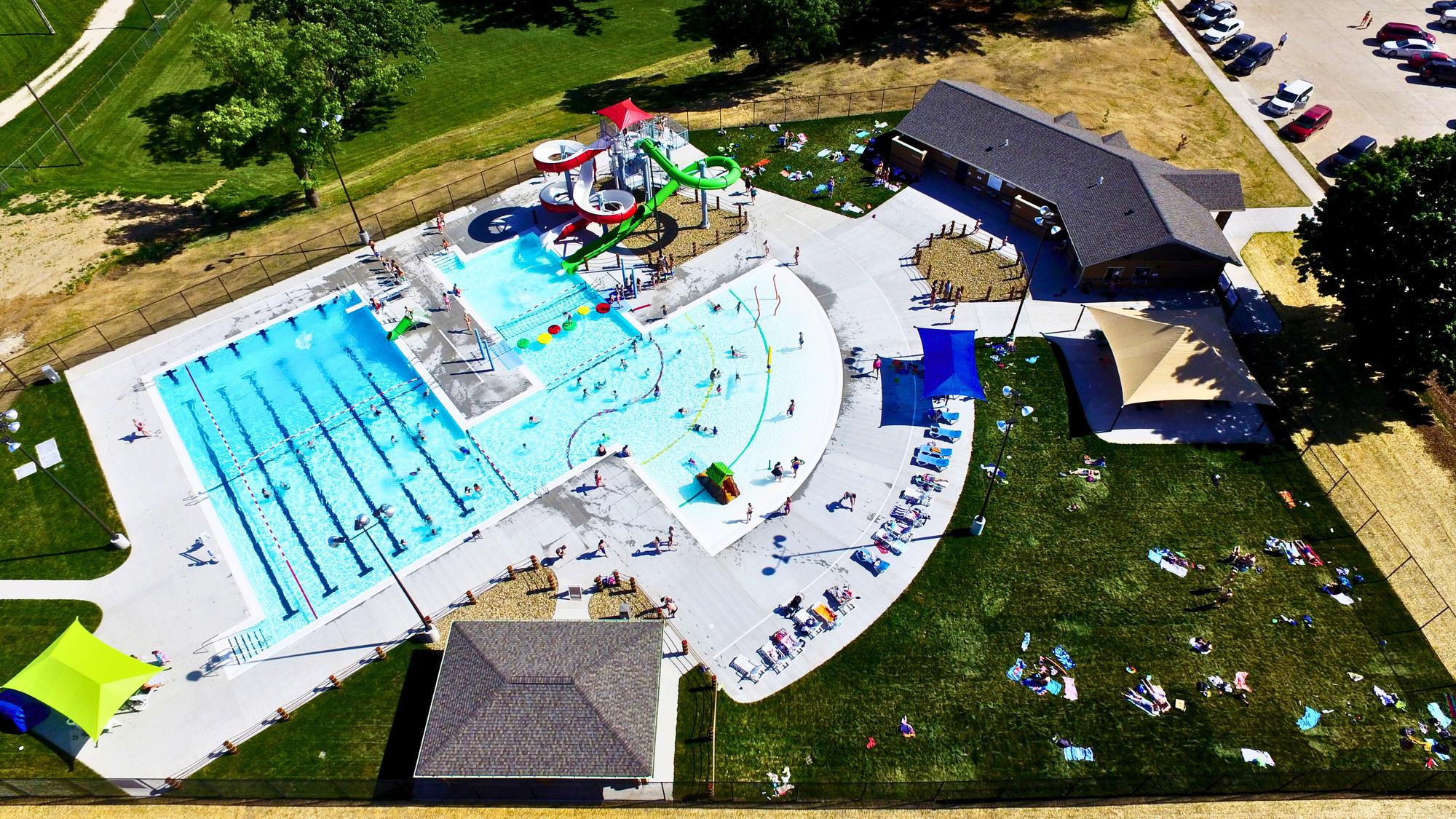
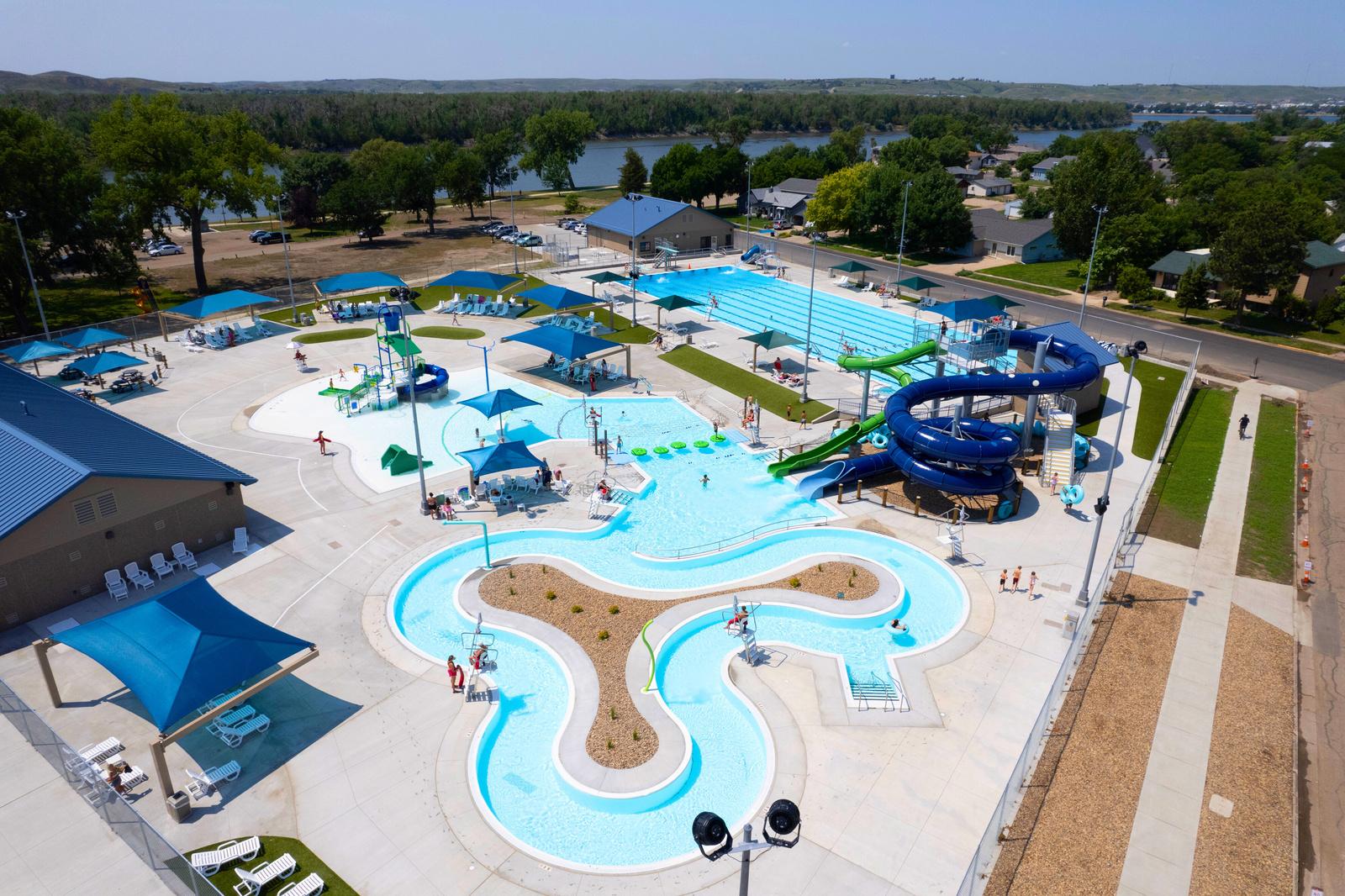


Conservation education can help community leaders improve their local environment
BY CENTER FOR RURAL AFFAIRS STAFF
Each day, communities across Nebraska are faced with conservation issues. In 2016, Conservation Nebraska launched a program to help inform people about ways they can improve their local environment.
The Common Ground Program works to address local conservation concerns through locally led education efforts and community engagement. The program provides tools and resources to communities to turn education into action.
As the senior program director with Conservation Nebraska, part of Amanda Gangwish’s role is to help oversee and manage the Common Ground Program.
“We know from research that, for someone to understand these types of issues, it needs to be important to their everyday lives,” she said. “We work really hard to make sure the issues that are talked about are issues that impact Nebraskans. We are having conversations with communities to understand their concerns and learn more from those who are impacted.”
In September 2017, Conservation Nebraska was awarded an AmeriCorps grant to grow the Common Ground Program. AmeriCorps is a federal agency for volunteering, service, and civic engagement, and engages millions of Americans in citizen service through its programs.
“Since we received the grant, we continue to bring on AmeriCorps members who serve as community organizers,” Amanda said. “Through the utilization of these members, Conservation Nebraska was able to take the Common Ground Program statewide, expanding our geographic reach.”
Over the past year, the Common Ground Program has hosted more than 75 events and reached 2,500 Nebraskans. These conservationfocused events and conversations across the state
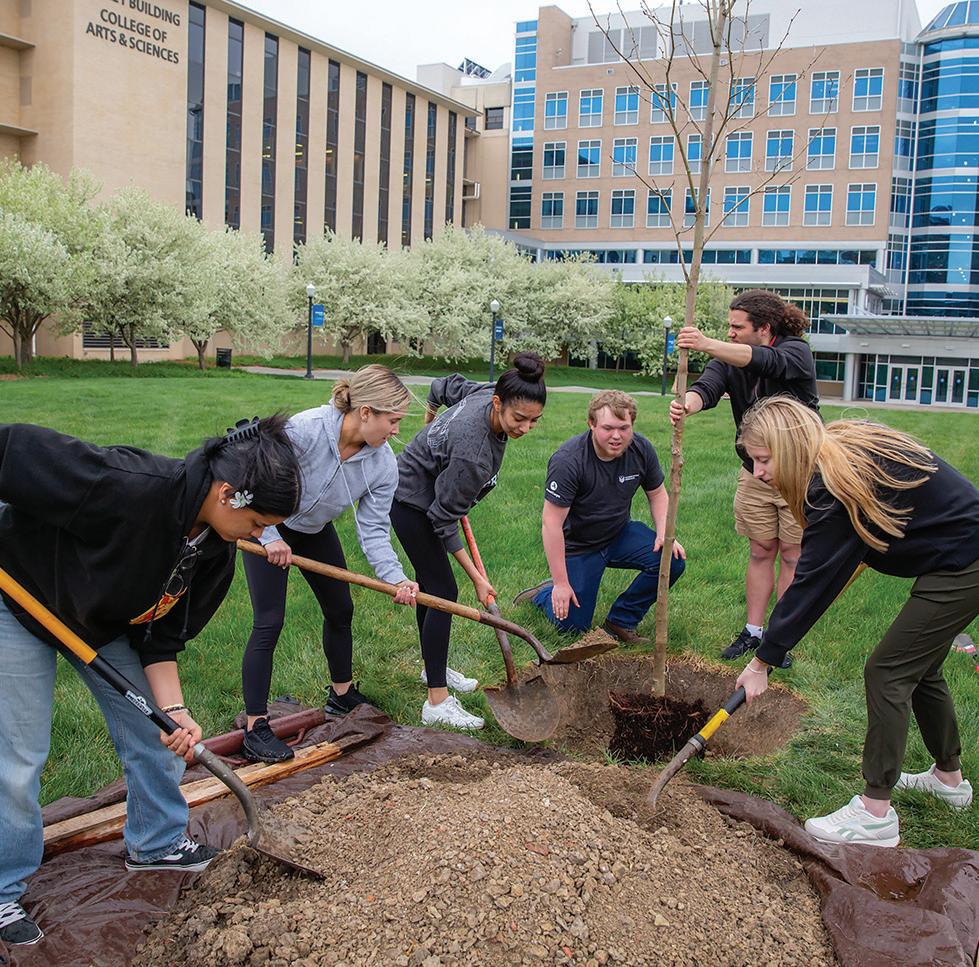
Over the past year, the Conservation Nebraska program, Common Ground, has hosted more than 75 events and reached 2,500 Nebraskans. These conservation-focused events and conversations across the state included topics such as clean energy, water quality and conservation, soil health, environmental justice, and land stewardship. Photo provided by the Center for Rural Affairs.
included topics such as clean energy, water quality and conservation, soil health, environmental justice, and land stewardship.
“At these events, we are reaching people who are passionate about conservation but have never before been involved in their community to make a difference on behalf of the environment,” Amanda said.
During the past year, Common Ground also provided youthcentric programming to more than 200 students, developed five community gardens, provided more than 500 free water-testing kits for private well owners, and cleaned up nearly 600 pounds of trash from parks, trails, and community areas, among other projects.
The Center for Rural Affairs encourages community leaders to explore Conservation Nebraska's programming to see what may best help boost their conservation efforts.
“Conservation Nebraska’s work aligns with our goals of providing resources to communities facing environmental challenges, as well
as offering support in those areas,” said Deborah Solie, senior project associate with the Center. “We can help community leaders connect with Conservation Nebraska staff so they can take advantage of all the benefits of the Common Ground Program.”
Another important component of the program is hitting the streets and going door-to-door to meet and reach as many people as possible.
“The Common Ground Program isn't just about engaging people who are already passionate about the environment,” said Amanda.
“This program is about building connections with Nebraskans who are not knowledgeable or concerned about our environment and growing the base of people across the state who see themselves as conservationists.”
Conservation Nebraska has formed partnerships with more than 175 organizations across the state to host educational programs and support their work.
Communities throughout the state are able to take advantage of Conservation Nebraska’s educational programming and resources year round. Reach out to Center staff at ruralleaders@cfra.org or visit cfra.org/rural-resources
Learn more
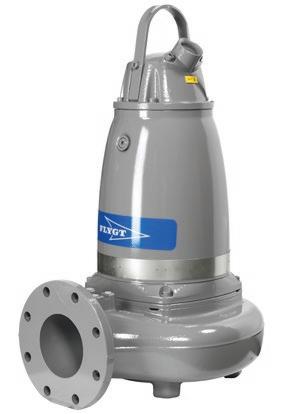

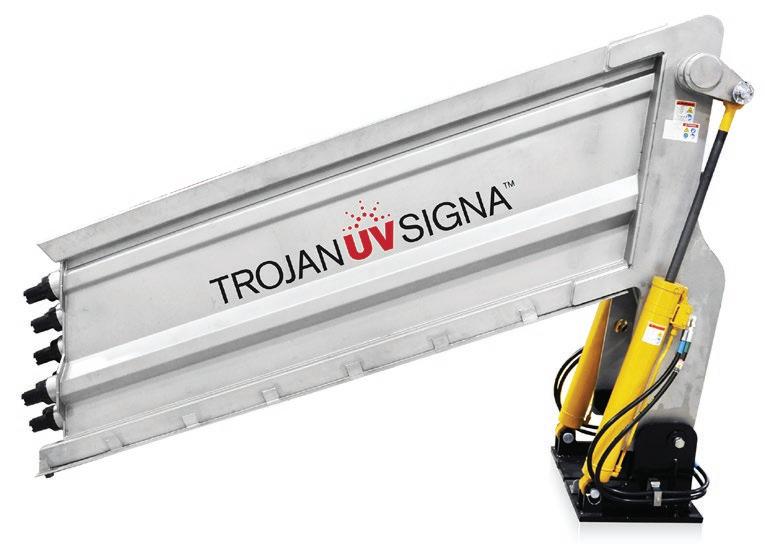


‘WanderNebraska’
expands to promote more than 200 museums, tourist attractions and sites of interest
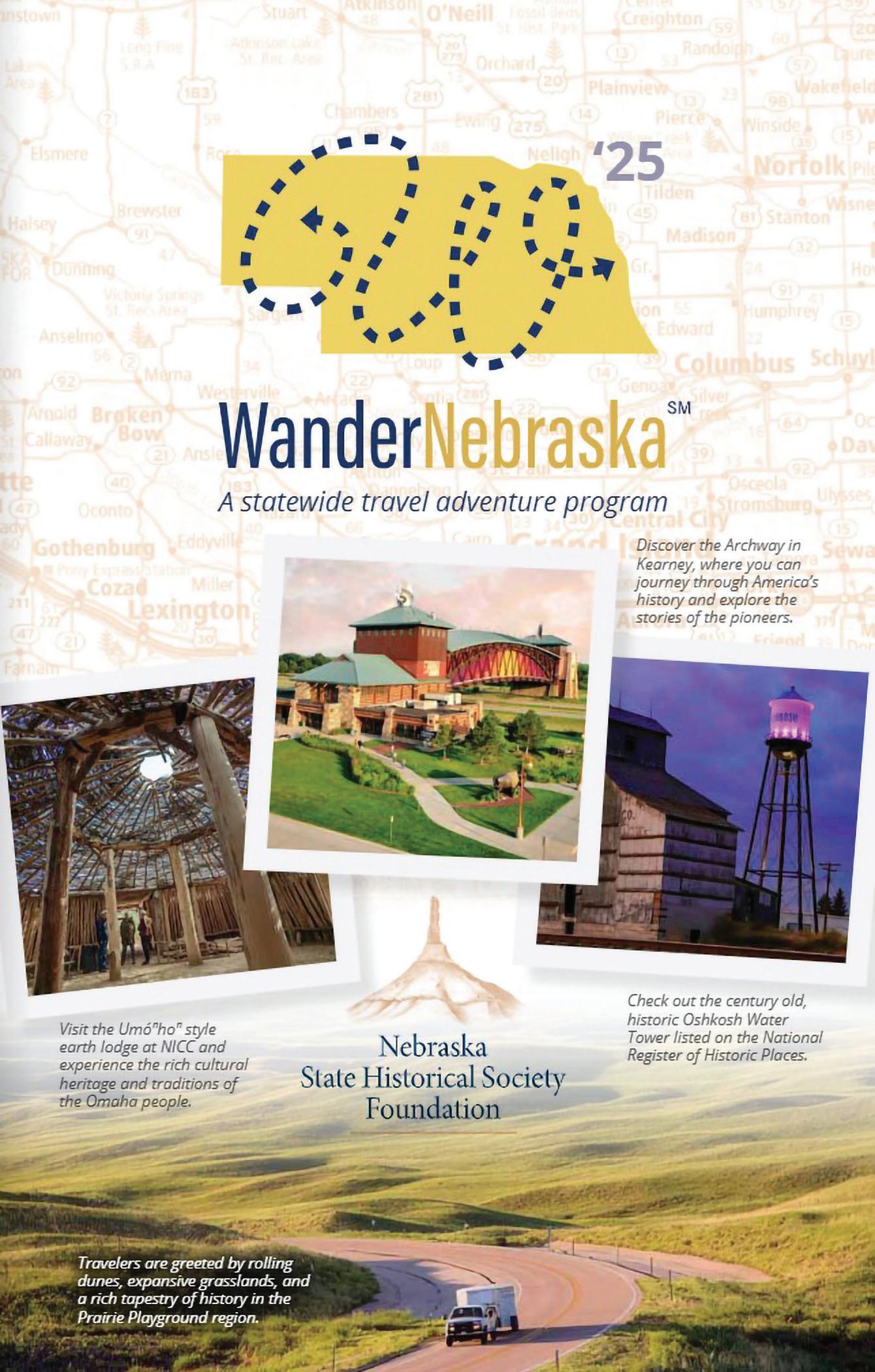
Nebraska Historical Society Foundation steps in to help fund marketing efforts and bus tours
BY PAUL HAMMEL, NEBRASKA EXAMINER
A Nebraska charitable foundation is stepping up to promote lesser-known museums and historical sites in the state.
“WanderNebraska,” a project of the Nebraska State Historical Society Foundation, is promoting visits to 213 museums, libraries, and notable attractions this year via brochures, billboards, bus tours, and prizes for visiting. The program, now in its fourth year, has grown from an idea spawned over plates of pasta to an effort that has generated 7,000 requests from 18 states this year for WanderNebraska booklets. Initially, it promoted 27 sites.
“We think it’s a neat program,” said Leslie Fattig, executive director of the Historical Society Foundation. “We’re teaching people about Nebraska history and getting more people involved.”
At Chimney Rock National Historic Site, more than 20,000 visitors have traversed the “Walk to the Rock” trail since it opened in the autumn of 2023, tourism increases that Fattig attributes, in part, to WanderNebraska’s marketing.
Similar to ‘Nebraska Passport’
The WanderNebraska program is similar to the “Nebraska Passport” program operated by the Nebraska Tourism Department, which beckons tourists to visit 70 eateries, breweries, wineries, bed and breakfast inns and other commercial attractions. Both programs beckon people to discover new places and qualify for prizes. But Fattig said that WanderNebraska is more focused on nonprofit attractions that highlight history, and those in small towns with smaller staffs and budgets.
Tourism advocates have long argued that Nebraska — which ranks as one of the least-visited states — spends too little to promote its sites of interest, so the WanderNebraska program is filling a void.
About 35% of all tourism spending is for historical attractions, she said, so it makes sense to give historical sites a boost.
“A lot of these small museums are really challenged,” Fattig said, adding that many lack the funds or staff to market programs or write tourism grants.
So WanderNebraska promotes sites like the log cabin courthouse in Callaway, the Old Poor Farm Historical Site and Animal Sanctuary in Nickerson and the Furnas Prairie Shelter in Brownville. The program also features several county museums and small-town libraries.
“WanderNebraska invites people to connect with the state’s past in fresh, meaningful ways — whether by visiting a small-town museum, discovering a hidden landmark, or exploring a piece of forgotten heritage,” Fattig said.
Prizes and help for smaller places
By visiting 10 sites, a WanderNebraska participant can get a free koozie. By visiting 25 sites, you get a free T-shirt.
The program, funded by donations and grants, also includes training sessions for small museum operators on how to use social media to increase attendance.
In addition, historian Sara Crook, a professor emeritus from Peru State College, leads a series of bus tours to historic sites across the state, such as a “Wild West” tour that includes a stop at Fort Robinson.
Fattig said that the Historical Society Foundation, which had for decades raised money for the State Historical Society, was confronted with a dilemma in 2019. That’s when the then-director of the agency, Trevor Jones, formed a new fund-raising foundation to replace the 83-year-old foundation. Longestablished Historical Society fund-raisers were told that their services were no longer needed.
So, Fattig said, the foundation pivoted, and launched a statewide grant program to help sustain and develop mostly small museums across the state. The grant program has grown from $15,000 in the first year to $83,000 this year.
Promoting sites via WanderNebraska remains an outgrowth of that effort, she said, though the state Historical Society has since restored the foundation’s role as its official fundraiser.
None of the promotional efforts would be possible without donations from supporters of history, Fattig said.
Read more from the Nebraska Examiner at https://nebraskaexaminer.com/

Learn more!
For more information about the foundation visit: www.nshsf.org.
To learn more about WanderNebraska and view the full map of locations, visit wandernebraska.com.
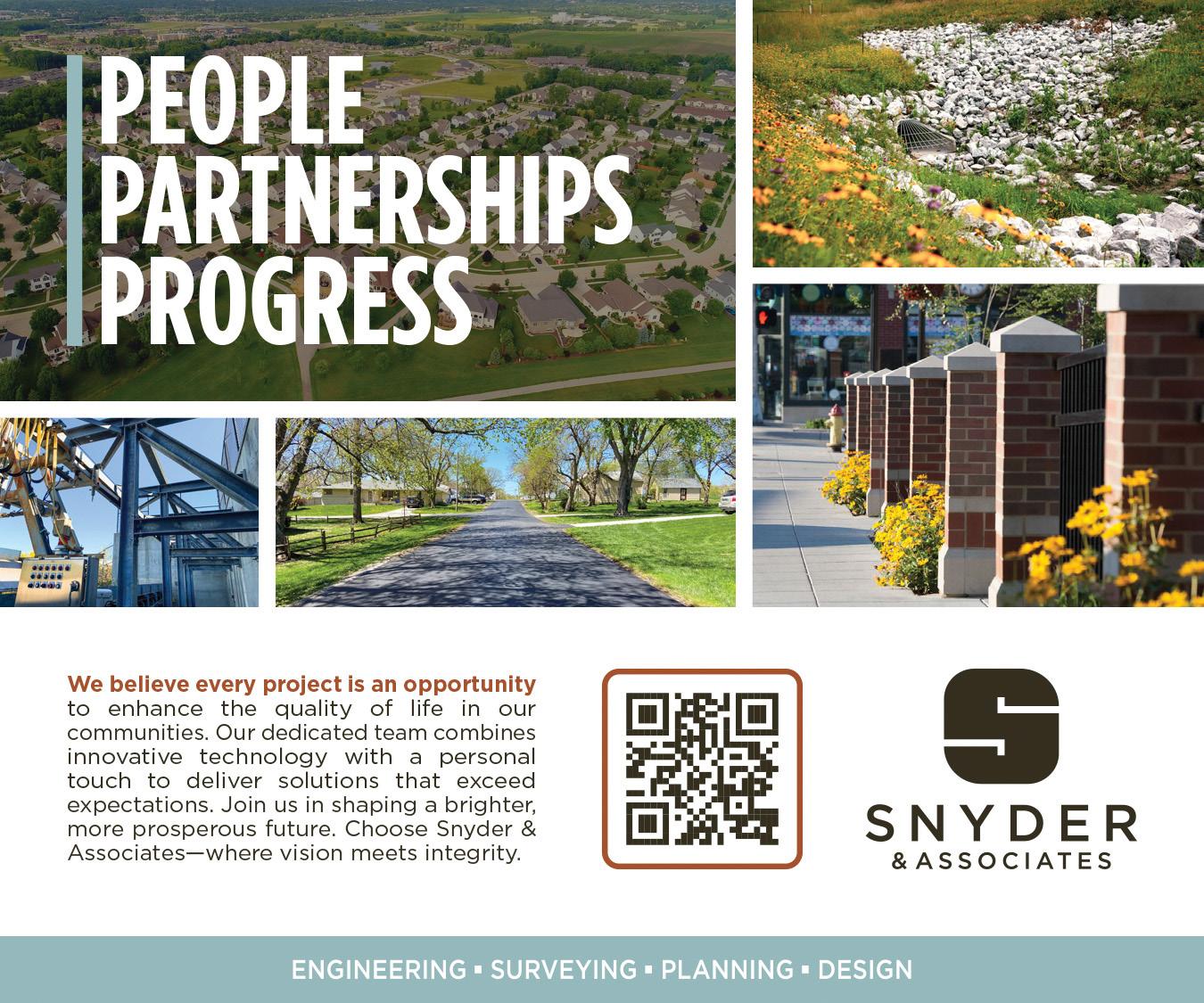

Rock
Be prepared: Conducting 1-9 audits before ICE shows up at the door
BY NICHOLAS J. ROCK, CLINE WILLIAMS WRIGHT JOHNSON & OLDFATHER, L.L.P.
I. Introduction
Last month, we discussed I-9 compliance generally.i Related to this topic but worthy of independent attention is the subject of I-9 audits to ensure compliance standards are met before ICE agents arrive. Considering the risk of substantial monetary penalties and even criminal liability, compliance is an issue of paramount concern. This article will delve into best practices and suggestions on how to effectively conduct an I-9 audit.
II. Best Practices for Conducting I-9 Audits
Scouts hold as their motto “Be Prepared.”ii Growing up with a dad as a scoutmaster, it was a common message to prepare for the storm even when the weather forecasted sunny skies. This is an appropriate message for employers at large. Some industries are more prone to I-9 enforcement actions than others; some geographic regions receive greater attention from ICE; but no matter the industry, no matter the region, employers of foreign workers, like the scouts, should prepare for the storm to ensure they are not caught under the eye of an ICE raid without legal coverage. While not required by law, internal audits allow an employer to see holes in their compliance and address any shortcomings. The following guidance will address the essential stages of an internal audit.
A. Draft a list of all relevant current and former employees and collect corresponding I-9s. Employers must maintain I-9s for all employees who fall within either (1) three years from the initial date of hire or (2) one year of termination, whichever is later.iii Every employee hired within a three-year period should have a Form I-9 on record with the employer.
B. Verify the collected I-9s and review for errors. If any employees are found to have not completed I-9s, follow up is necessary to complete the Form I-9. Outside of the mere absence of an I-9, USCIS routinely finds the following errors that should be flagged for correctioniv:
1. In Section 1, common mistakes made by employees include:
• Employee does not enter name, other last names used (such as one’s maiden name), address, or date of birth.
• Employee failing to enter the A-number/USCIS Number after selecting “A Lawful Permanent Resident.”
• Employee does not enter A-Number/USCIS Number or Form I-94 admission number after selecting “An alien authorized to work until.”
• Employee does not complete Section 1 by the first day of employment (“date of hire,” meaning the commencement of employment for wages or other remuneration).
2. In Section 2, common mistakes made by employers include:
• Employer does not enter acceptable List A documents or acceptable List B and List C documents on the form.
• Employer does not enter the document title, issuing authority, or expiration date for the documentation presented.
• Employer does not enter the date employment began.
• Employer or employer’s authorized representative does not sign, date, or enter his or her title, last name, or first name in the certification.
• Employer does not complete Section 2 by the third business day after the date the employee began employment, or, if the employee is hired for 3 business days or less, at the time the employee started employment.
3. In Supplement B, Reverification and Rehire, common mistakes made by employers include:
Nick
• Employer does not enter the date of rehire, if applicable.
• Employer does not complete Section 3 until after the employee’s work authorization has expired.
4. General guidance for Form I-9 completion includes ensuring that:
• The date entered in Section 2 as the date the employee began employment matches the date in payroll records.
• The current version of the Form I-9 is used, as of the time of this article the current version date is listed as “(Rev. 08/01/23).”v
• The English version of the form is the version completed, unless the form is being completed in Puerto Rico. The Spanish version is approved for use only in Puerto Rico.
C. Correct errors.
Form I-9s are distinct from other USCIS forms. They are not filed with the government nor used to grant an immigration benefit. The forms are only reviewed upon notice of inspection by USCIS. USCIS has official guidance for employers when changes or revisions to Form I-9s become necessary. To correct the form, the employer or employee (depending on whether the revised section is Section 1, reserved for the employee, or Sections 2 or 3, reserved for the employer) the revisor (1) is to draw a line through the incorrect information, (2) enter the correct information, and (3) initial and date the correction.vi If multiple recording errors need to be corrected, the section may be redone on a new Form I-9 and attached to the old form with a note detailing the changes.vii Transparency is key at this stage; USCIS specifically notes that edits should not “conceal any changes on the form” and that doing so may result in greater liability.viii
D. Document the audit’s findings and corrections made. Performing an internal audit does not cure all liability. However, good faith can serve as a defense for technical or procedural violations (as opposed to offenses involving “pattern and practice.”)ix The internal audit allows employers to make corrections where necessary to ensure ongoing compliance and demonstrate good faith, serving both as a mitigating factor in assessing civil penalties and an affirmative defense to some violations that ordinarily would result in substantial monetary fines.
E. Call in legal counsel if needed.
Business immigration attorneys are well-versed in I-9 compliance. Many employers, particularly those with a high percentage of foreign workers, bring in outside counsel to conduct a third-party I-9 audit that serves to not only ensure documentary compliance, but also serves to educate their management and staff on how to conduct themselves in the event that ICE agents arrive. Depending on the number of foreign workers that a business employs, this may be a particularly useful tool to take advantage of.
III. Conclusion
In previous years, I-9 enforcement actions were limited. As a result, many employers were afforded the luxury of ignoring I-9 compliance. Today, we live in a different era. As I-9 enforcement actions become more commonplace, the need to ensure compliance has dramatically increased. Conducting audits is the best way to ensure compliance, educate management on the legal requirements of the I-9, and in doing so, protect one’s business. Editor’s Note: This article is not intended to provide legal advice to its readers. Rather, this article is intended to alert readers to new and developing issues. Readers are urged to consult their own legal counsel or the author of this article if they wish to obtain a specific legal opinion regarding their particular circumstances. The author of this article, Nicholas J. Rock, can be contacted at Cline Williams Wright Johnson & Oldfather, L.L.P., 12910 Pierce Street, Suite 200, Omaha, NE 68144, (402) 397-1700, nrock@clinewilliams. com, or www.clinewilliams.com
on page 28.
Building a Better Future in NEBRASKA With a Strong Public Finance Partner
D.A. Davidson & Co. is committed to strengthening the infrastructure and enriching the lives of people in our communities throughout Nebraska and across the nation.
Our bankers specialize in:
• Bond Anticipation Notes
• Paving Bonds
• Water and Sewage Bonds
• General Obligation Bonds
• Utility System Revenue Bonds
• Lease-Purchase Financing
Call:
(402) 392-7986 | Paul Greiger (402) 392-7989 | Cody Wickham (402) 392-7988 | Andy Forney (402) 392-7933 | Jerry Spethman


Defending civic trust:
The responsibility of local leadership
BY MATT LEHRMAN, SOCIAL PROSPERITY PARTNERS
Government works best when people help shape solutions, not just oppose decisions. Yet today, cynicism runs deep, and efforts to dismantle government have grown from skepticism into a bold push that weakens local governments’ ability to function.
For local leaders—elected, appointed, and staff alike—this distrust isn’t just an abstract challenge. It fuels efforts to weaken municipalities, school districts, and counties in their ability to govern effectively, make strategic decisions, and serve their communities with confidence.
Local government is where democracy is most tangible. It’s where people interact with decisions that shape daily life—where potholes are filled, parks are maintained, schools are funded, and community planning takes shape. When local government functions well, trust in governance strengthens. But when people see inefficiency, exclusion, or dysfunction, skepticism spreads, reinforcing the idea that government—at any level—cannot be trusted.
The crisis of trust

Public discourse today is driven by polarization, misinformation, and civic detachment. Too often, residents engage with government only in opposition—to a zoning decision, a school curriculum change, or a budget allocation. A growing number of people, often labeled CAVE People (Citizens Against Virtually Everything ), reflexively resist government action—not necessarily because they oppose the outcome, but because they distrust the process itself. However, what local leaders now face is more than just skepticism—it’s a coordinated movement to delegitimize government’s role in solving problems. This effort isn’t about improving governance; it’s about hollowing it out, making it less effective, and further agitating public distrust. Across the country, organized efforts are working to strip funding from local government services, undermine civic institutions, and erode public confidence in government’s ability to function as a tool for collective problem-solving.
Since 2018, I’ve seen the crisis of trust in local government evolve through the experiences of thousands of local leaders. Through my From Conflict to Conversation keynote—delivered at more than 30 state municipal leagues, school boards associations, and county associations—I’ve witnessed how skepticism, disengagement, and division strain governance at every level. In red and blue states, urban and rural communities alike, leaders face the same challenge: fostering civic engagement, maintaining governance, and pushing back against growing distrust. The erosion of public confidence isn’t necessarily partisan—it’s a systemic issue affecting communities everywhere.
As I emphasize in From Conflict to Conversation, when people don’t feel heard, they become obstructionist. Frustration turns into outrage, not because of any single policy, but because of deeper fears—fear of losing control, fear of change, or fear that decisions are being made without them.
For local leaders, the challenge is twofold: first, to engage skeptics in meaningful dialogue before their disillusionment hardens into opposition, and second, to build a culture of trust that prevents cynicism from taking hold in the first place. Civility pledges and calls for more respectful discourse, while well-intentioned, do little to address the root cause of public frustration. The problem isn’t just how people express their anger—it’s why they feel unheard and disconnected. Expecting residents to be more polite doesn’t rebuild trust in governance. Instead of focusing on improving the behavior of those who are frustrated, local leaders must improve the systems that create frustration. That means rethinking how decisions are made, communicated, and implemented—ensuring engagement is not just an afterthought, but an integral part of governance itself.
Shifting from governing for the public to governing with the public Trust in government isn’t built through authority alone—it requires inclusion, transparency, and shared responsibility. Too often, local leaders focus on explaining decisions rather than engaging the public in shaping them. When people feel excluded, skepticism deepens, and opposition hardens. Governance works best when people see themselves as active participants, not outsiders to the process.
To restore confidence in local government, leaders should focus on three key strategies:
1. Make participation the norm, not the exception
Public engagement is often reactive—people show up only when they’re upset. But just as maintaining infrastructure and public safety are core municipal responsibilities, so too is managing the ideastructure—the systems and processes that shape how people participate in governance. Local governments must create ongoing, accessible opportunities for residents to engage before decisions reach a crisis point. Whether through participatory budgeting, citizen advisory boards, or interactive town halls, engagement must be embedded into governance—not treated as a procedural afterthought. A well-designed ideastructure ensures that civic participation is continuous, constructive, and integral to decisionmaking.
2. Shift from outreach to two-way dialogue
Public meetings often feel like battlegrounds, with residents lining up at microphones to vent frustrations. But what if these encounters were reframed? Instead of positioning government officials as defenders of decisions, leaders can facilitate “courageous conversations”—horizontal discussions among neighbors rather than top-down outreach. These mutual exchanges foster trust, understanding, and collaboration. By structuring smallgroup discussions, leveraging digital platforms, and engaging communities directly, local governments can turn conflict into constructive problem-solving.
3. Restore a shared sense of purpose
In an era of deep cynicism, leaders must remind their communities that local government is not an adversary—it is a collective effort. Municipalities and school boards exist not to impose rules but to help people recognize and solve shared challenges. By framing civic engagement around problem-solving rather than power struggles, local governments can shift the narrative from distrust to partnership.
Building a future of civic confidence
The health of democracy depends on trust, and trust begins where government is closest to the people. Local leaders must recognize that restoring confidence in government is not an abstract challenge— it is an urgent, ongoing responsibility. A community that has confidence in its local government is more likely to support bold initiatives, embrace innovation, and work through disagreements constructively. A community that lacks confidence will resist even the most well-intentioned efforts, viewing every decision as a battle. Civic trust is not a given; it must be actively cultivated. That means ensuring transparency in decision-making, fostering respectful and inclusive conversations, and engaging the public in meaningful ways. It also means recognizing that skepticism, frustration, and
Continued on page 28 / See Civic
Civic
Continued from page 27
even disagreement are not threats to democracy—they are symptoms of a deeper need: the need to feel connected, respected, and heard.
But today’s local leaders must do more than foster engagement; they must stand firm against efforts to weaken government itself. Defending the role of public institutions is not about preserving power—it is about upholding the principles of governance that leaders have sworn to faithfully protect. Faithfulness to the Constitution is not just about sincerity; it is about actively strengthening the very systems that allow communities to function and thrive.
Effective leadership isn’t about avoiding disagreement— it’s about making space for it in ways that strengthen, rather than fracture, communities. Local government has the unique opportunity—and obligation—to lead by
example. By demonstrating openness, responsiveness, and a commitment to shared problem-solving, local leaders can reinforce the fundamental promise of democracy: that government is not a force imposed on the people, but a tool through which communities solve problems together. This is not the time to start standing up for local government—this is the time to hold the line. To honor the oath of office. To push back against efforts to dismantle governance itself. Local leaders are not just administrators of civic trust; they are its guardians. Now, more than ever, they must act as champions of the institutions they serve.
Matt Lehrman is a civic facilitator and co-founder of Social Prosperity Partners, a national practice specializing in strategic planning, mediation, and public dialogue for governing councils and boards. He also hosts the Community Catalysts podcast, where local officials share hard-earned insights from their experiences in community leadership. Contact Matt at Matt@SocialProsperity.us or 602-622-7694.
Unlock your leadership potential in early childhood advocacy
The 2025-26 Nebraska Early Childhood Policy Leadership Academy opened its application window on May 5
The decisions we make about the care and healthy development of young children play a huge role in the cohesion and sustainability of Nebraska’s municipalities. That’s why the Nebraska Early Childhood Policy Leadership Academy is seeking applicants representing municipal leadership to join its 2025-26 class. Take advantage of this opportunity to learn alongside experts in public policy, advocacy and early childhood development, and create momentum for well-informed policies that directly impact the communities you serve.
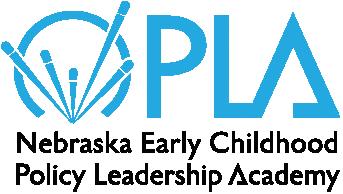
Continued from page 25
i See I-9 Compliance in an Era of Renewed Immigration Scrutiny , Nebraska Municipal Review, April 2025.
ii Scouting America, https://www. scouting.org/ (last visited May 9, 2025).
iii 8 C.F.R. § 274a.2(b)(2)(i)(A).
iv Self-Audits and Correcting Mistakes, U.S. CITIZENSHIP AND IMMIGR. SERVICES https://www.uscis.gov/i-
Legal Endnotes
9-central/completing-form-i-9/selfaudits-and-correcting-mistakes (last visited Apr. 14, 2025) [hereinafter “Self-Audits”].
v Introduction of a New Version of Employment Eligibility Verification Form, 88 Fed. Reg. 47891-01 (Jul. 25, 2023).
vi Self-Audits See also Guidance for Employers Conducting Internal Employment Eligibility Verification Form I-9 Audits,

The application period runs through July 18.
Visit FirstFiveNebraska.org/ advocacy/policy-leadershipacademy or use the QR code above to learn more.
U.S. Citizenship and Immigr. Services http://www.justice.gov/crt/ file/798276/download.
vii Id.
viii Id.
ix 8 U.S.C. § 1324a(b)(6) (evidence of the employer’s “good faith attempt to comply” deems the employer as “considered to have complied” with the I-9 regulations after the technical or procedural failure is corrected).
Level-funded
Continued from page 4
Administrator/Utility Superintendent of West Point; CathieJo Mills, Board Member of Ansley; Jessica Quady, City Administrator of Ashland; and Brenda Wheeler, City Clerk of Blair.
LIGHT is governed by municipal officials for participating cities and villages! The League of Nebraska Municipalities is the Administrator of LIGHT pursuant to the Interlocal Agreement. Michelle Sitorius does an excellent job as LIGHT’s Legal Counsel. Brenda Henning is the League’s Membership Services Assistant who also does a great job serving as LIGHT’s Administrative Assistant.
Over 75 municipalities across the state have joined LIGHT; many municipalities and their respective employees have received significant cost savings with a broad range of benefits and the flexibility to customize their health plans. Although some cities and villages have minimal cost savings, they join LIGHT due to the quality benefits, flexibility, and services available to eligible municipal employees. As an increasing number of League members join LIGHT, one of the major goals is to stabilize rates. In addition, LIGHT will minimize the workload on municipal staff by including online enrollment and standardize compliance services. If your municipality is interested in joining LIGHT, please contact Dennis Maggart (913-378-9841) or Jane Limbach (913-378-9840).


Hastings recognized by Gov. Pillen as Nebraska’s 2025 Showcase Community
Substantial housing and business development growth among reasons for the award
Congratulations to the City of Hastings for being recognized as the Governor's 2025 Showcase Community. Gov. Pillen visited Hastings in late April to present local leaders with the award. Each year, one Nebraska community receives the honor for having distinguished itself through projects to enhance quality of life and encourage economic growth.
“Nebraskans are extraordinary people, and Hastings displays our values as a state—hard work, determination, and service to the community,” said Gov. Pillen. “Together, leaders have accomplished projects to improve the quality of life for families and to give small businesses the support they need to grow. Congratulations to Hastings on the well-deserved honor of being Nebraska’s Showcase Community!”
During the ceremony held at Hastings College, the Governor also proclaimed April as “Community Development Month” in Nebraska. The designation recognizes the valuable contribution of state and federal grant programs to the wellbeing of communities across Nebraska. The Department of Economic Development (DED) administers a variety of programs in Nebraska to support community infrastructure improvements, public works projects, and the revitalization of business districts.
“Hastings stands out for successes in homebuilding, small business growth, and downtown revitalization,” said DED Director K.C. Belitz. “By investing in community development, the city has enhanced its considerable appeal as a place to live, work, and learn. Congratulations to Hastings on earning recognition as the state’s 2025 Showcase Community!
Over the past five years, Hastings has taken on numerous housing projects. With awards from the state’s Rural Workforce Housing Fund (RWHF) program, supplemented by local matching funds, Hastings Economic Development Corporation (HEDC) established a revolving loan fund. HEDC has used it to make loans to help finance development of affordable housing, including the following projects:
• Pioneer Trail Flats, an 84-unit apartment complex
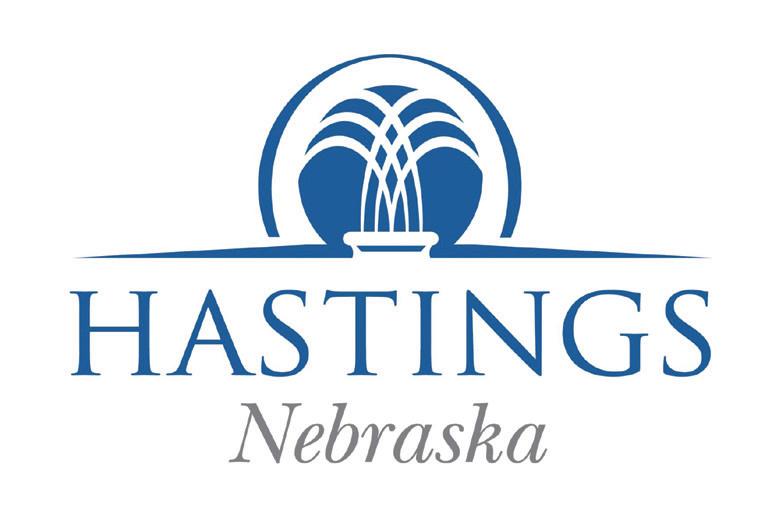
in the North Park Commons development, completed in 2021.
• Osborne View Estates, 15 duplexes (30 housing units) completed in 2022.
• Hangar 55 Apartments, 78 senior-living housing units in the Theatre District, completed in 2024.
• Garage Flats, two separate projects consisting of four rental units that were completed in 2024. Nebraska Affordable Housing Trust Funds were used to convert an old garage into two of the units. Rural Workforce Housing Funds supported new construction of two additional rental housing units on an adjacent property.
• Two additional developments—Theatre District Flats (54 units) and the Elm & 26th Apartments (132 units)—are currently under construction and expected to be finished by the end of 2025.
HEDC has also used funding from the Community Development Block Grant program to provide low- or nointerest loans to support small business growth. Since 2020, benefiting businesses include Bryant Piano Services, The Cheese and Wine Shop, Knife and Fork Concepts, Noah’s Ark Processors, Pacha Soap, Paperworks, and Small Town Famous.
Additionally, over the past five years, Hastings has successfully applied to DED for Site and Building Development Funds (SBDFs) to support major business development projects.
• DED awarded $1 million to the City of Hastings in 2021 to help fund construction of Heartwell Renewables’ renewable biodiesel facility—the first of its kind. This innovative plant, a joint venture between The Love’s Family of Companies and Cargill, converts animal fats such as tallow into renewable biodiesel. The facility has production capacity of 80 million gallons of renewable diesel and expects to start production within the next year.
• Also in 2021, DED awarded Hastings $70,000 to support Nebraska Aluminum Castings with expansion of its custom die-casting business.
• In 2022, DED awarded $200,000 to the City of Hastings to assist Bruckman Rubber with the acquisition of facilities to grow its rubber molding business.
“We’re incredibly proud to see Hastings recognized as Nebraska’s 2025 Showcase Community,” said Beth Coil, HEDC President. “This award is really a celebration of what happens when people come together with a shared vision and a lot of determination. It’s all thanks to the collaboration between our community members, local leaders, and partners at every level. Hastings is a special place, and this recognition just reinforces that.”
While helping businesses grow, Hastings is also investing in community amenities. Recent projects include a major renovation and expansion of the Hastings YMCA, creation of the Heartbeat Creative District, and upgrades to the Bill Smith Softball Complex—which will host the NSAA State Softball Championships in 2025 and 2026. Using awards from the Community Development Block Grant program, Hastings has also done extensive work to revitalize its downtown district.
Professional Directory
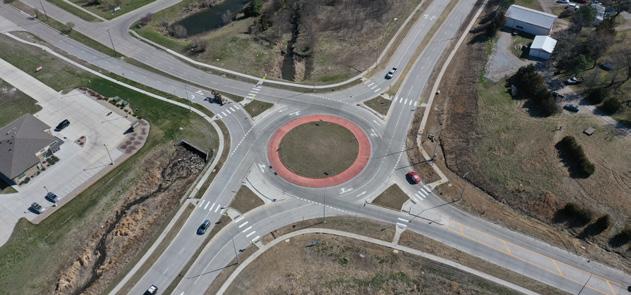
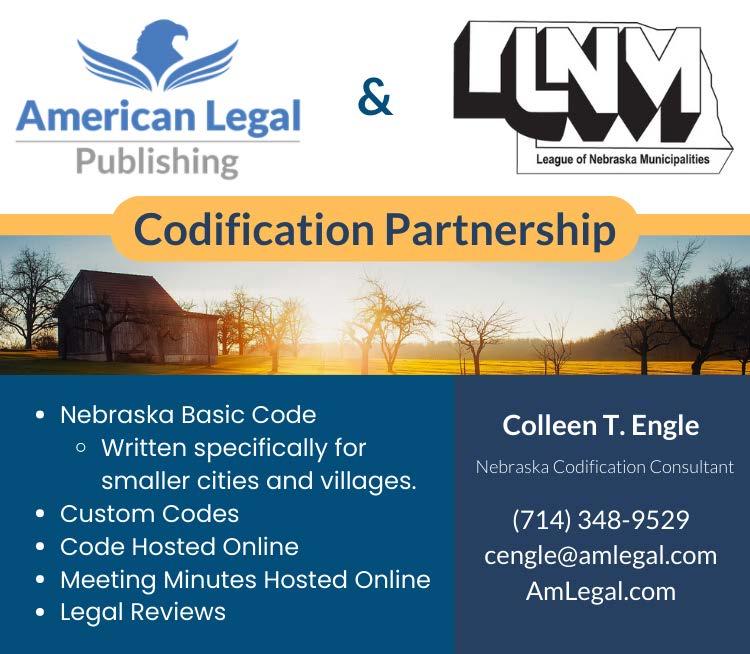
“This recognition is great for our community,” said Shannon Landauer, Executive Director of HEDC and the Hastings Area Chamber of Commerce. “In Nebraska, we tend to do our work and not take the time we should to celebrate our victories. This is a victory for Hastings and all rural communities as it emphasizes the opportunities for businesses and residents to thrive professionally while living in a community that is comfortable for them—ultimately that is what rural Nebraska is all about!”
DED has a dedicated Community Development (CD) team to support Nebraska’s communities as they prepare for growth. The CD team connects Nebraska’s communities to grants in support of:
• Infrastructure improvements, such as sewer and water system upgrades or street repairs;
• Housing studies and housing development;
• Construction of public works facilities like fire stations, daycare centers, senior centers, recreational centers, libraries, and parks;
• Business district revitalization; and
• Disaster recovery.
More information about DED’s community development programs is available online at opportunity.nebraska.gov/ programs/community.
Source: Nebraska Department of Economic Development

UPDATING
UPDATING FOR ZONING
POLICY MANUALS Personal Service / Nebraska Company P.O. Box 164, Neligh, NE 68756 Phone 402.887.5022 leagle@mcnallylaw.net www.mcodeservices.com

